Agitators
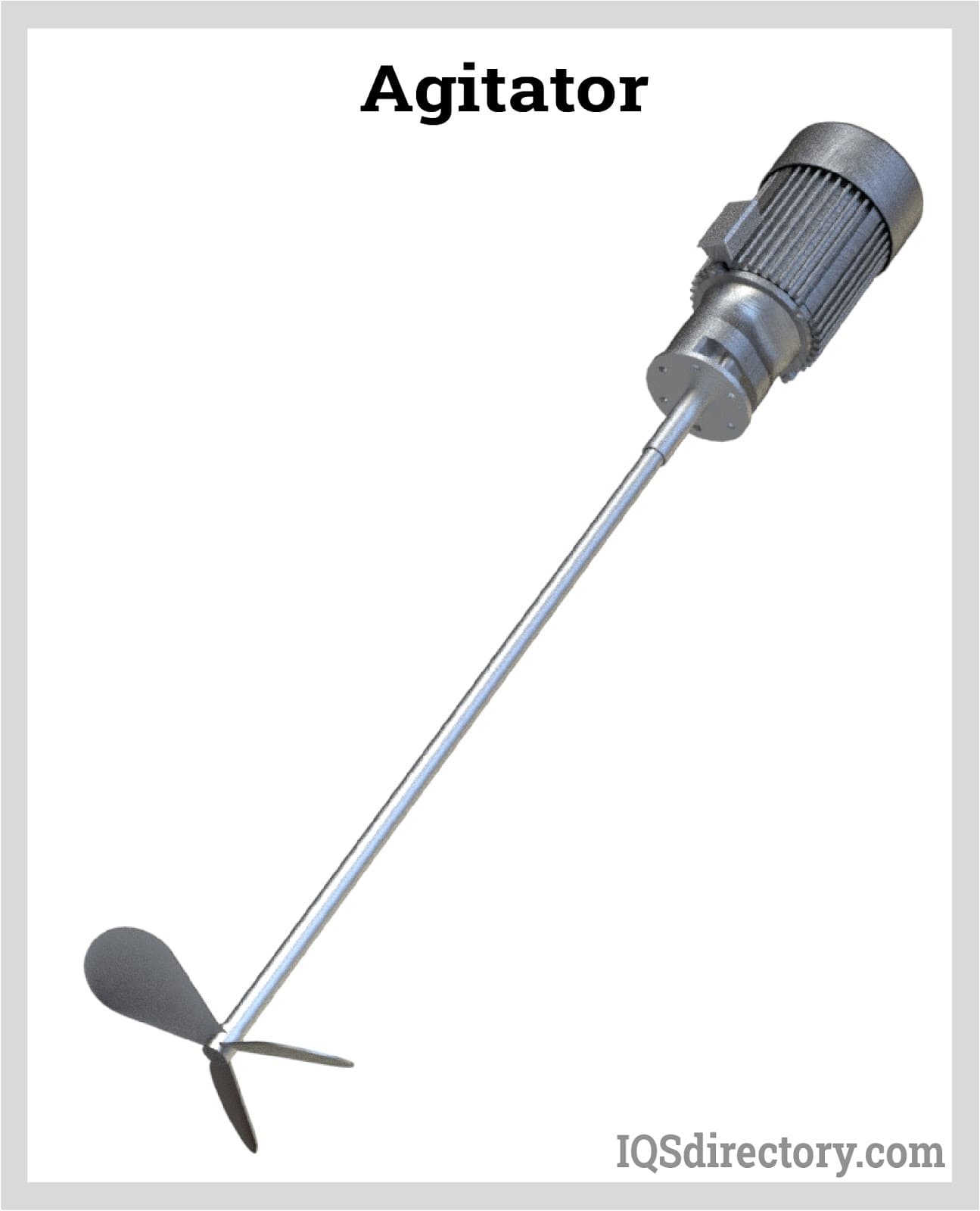
Agitators are equipment used in homogenizing media inside a tank. It works by rotating the impeller at its immersed end at a controlled speed or revolutions per minute (rpm). The work exerted by...
Please fill out the following form to submit a Request for Quote to any of the following companies listed on
This article has everything you will want to know about industrial blenders and their use.
You will learn:
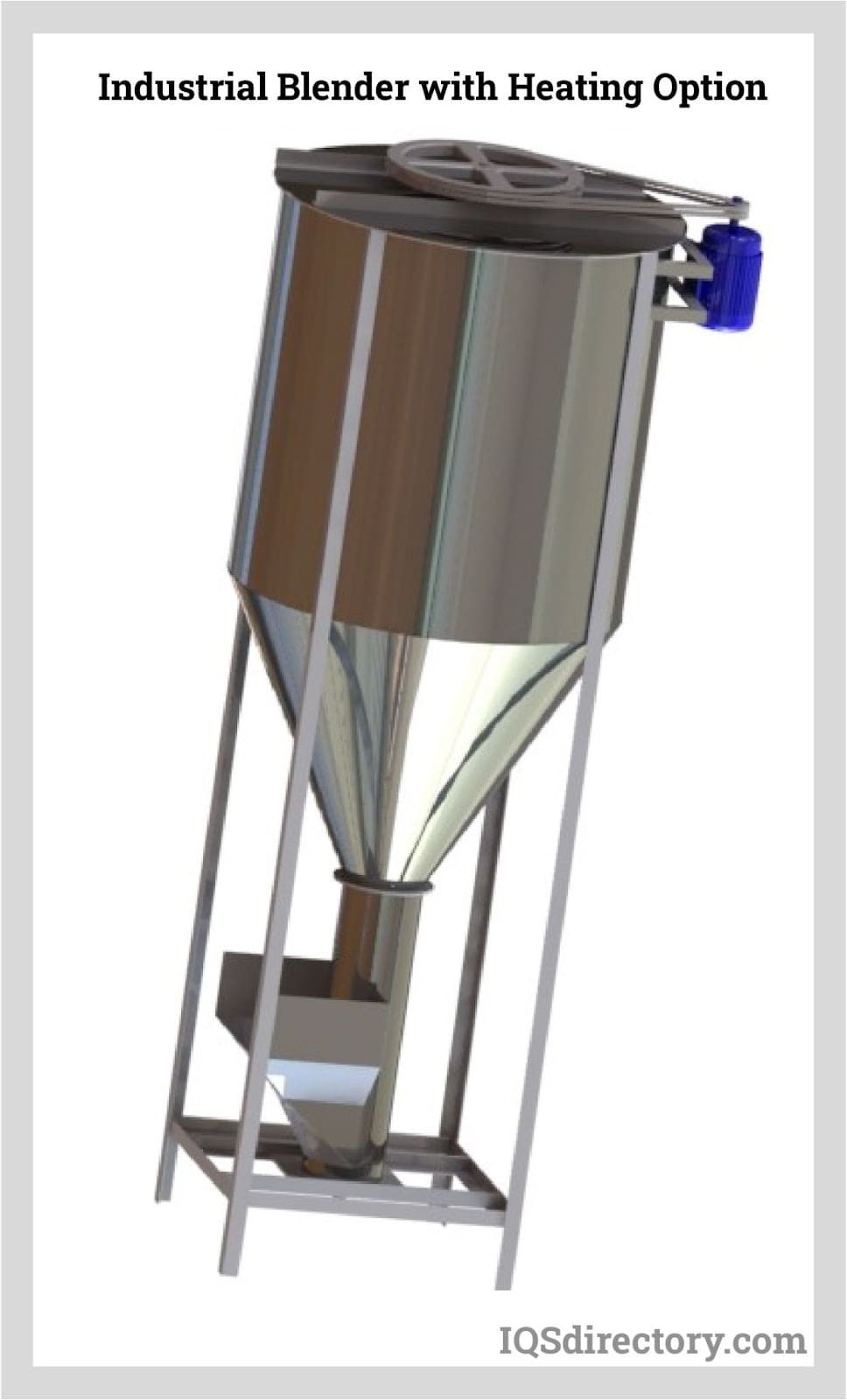
An industrial blender is a large-scale equipment specifically designed to mix and unify diverse manufacturing materials within a sizable containment. These devices are prized for their capability to effectively blend materials and facilitate reactions between them, making them ideal for a vast array of industrial purposes. Their significant capacity and cost-efficient operation are primary factors in their widespread use in various mixing processes.
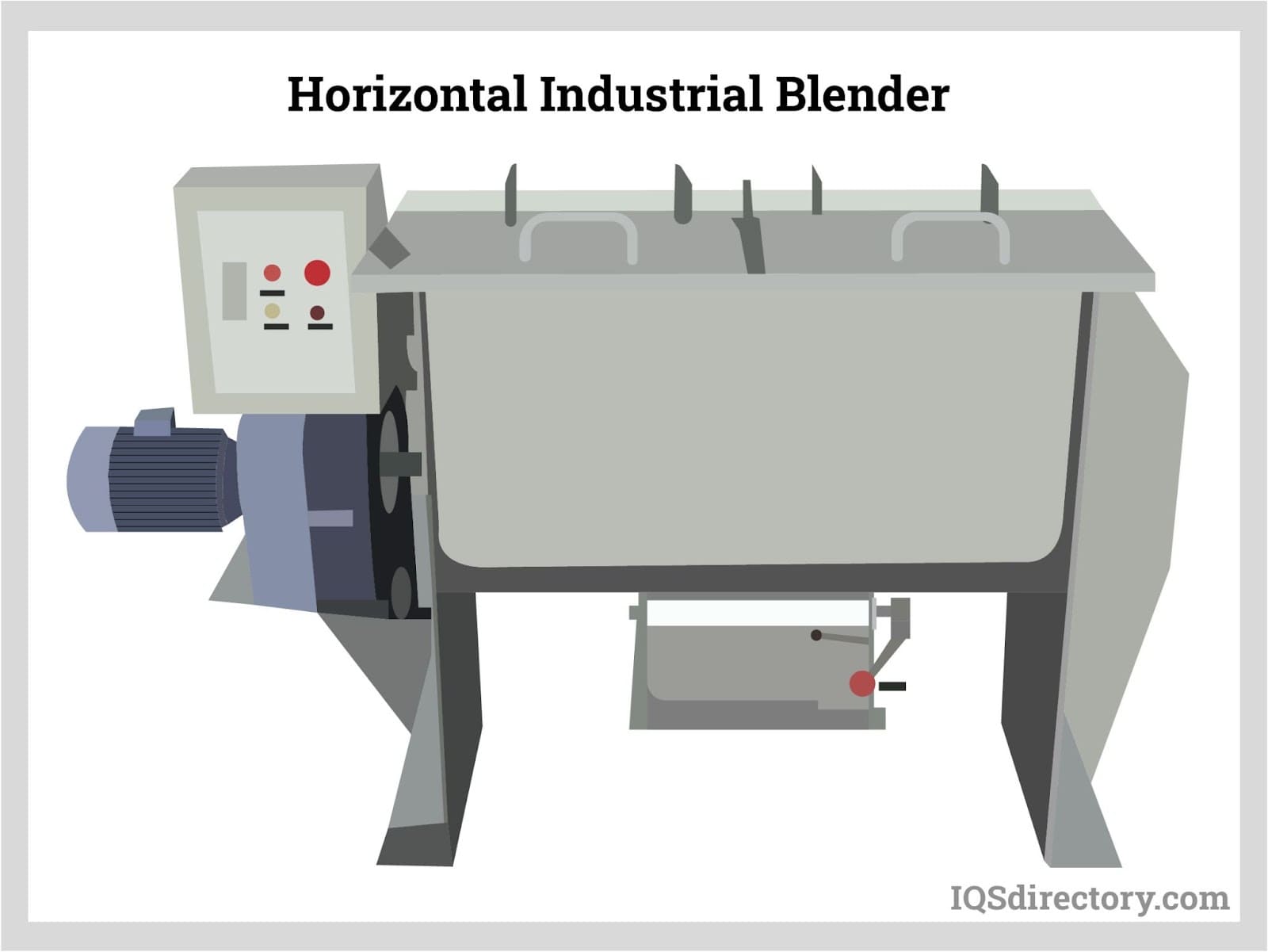
Industrial blenders are frequently employed in scientific applications that necessitate the precise mixing of chemicals and pharmaceuticals. Their competence in providing exact measurements and uniform results makes them indispensable for accurately combining substances, often utilizing advanced PLC programming to modulate the mixing process.
Considering their usage, blenders are generally manufactured from stainless steel. Nevertheless, in scenarios where stringent sanitation is not essential, they can also be produced using materials such as steel, cast iron, or aluminum.
A diverse range of industrial blenders is available, each tailored and crafted to suit specific applications. These blenders are capable of mixing a variety of materials, including solids, liquids, powders, granules, viscous pastes, abrasive substances, and even stones.
Selecting the right industrial blender is crucial to ensure it is well-suited for the specific materials being processed. With a broad range of options available, finding a blender that perfectly aligns with the requirements of a particular industrial task is achievable.
Agitator industrial blenders offer continuous mixing for liquids through constant motion. This method relies on non-specific movements to blend materials, using rotating paddles. While they are primarily designed for low-viscosity materials, they can be adapted with sturdier paddles to handle high-viscosity substances effectively.
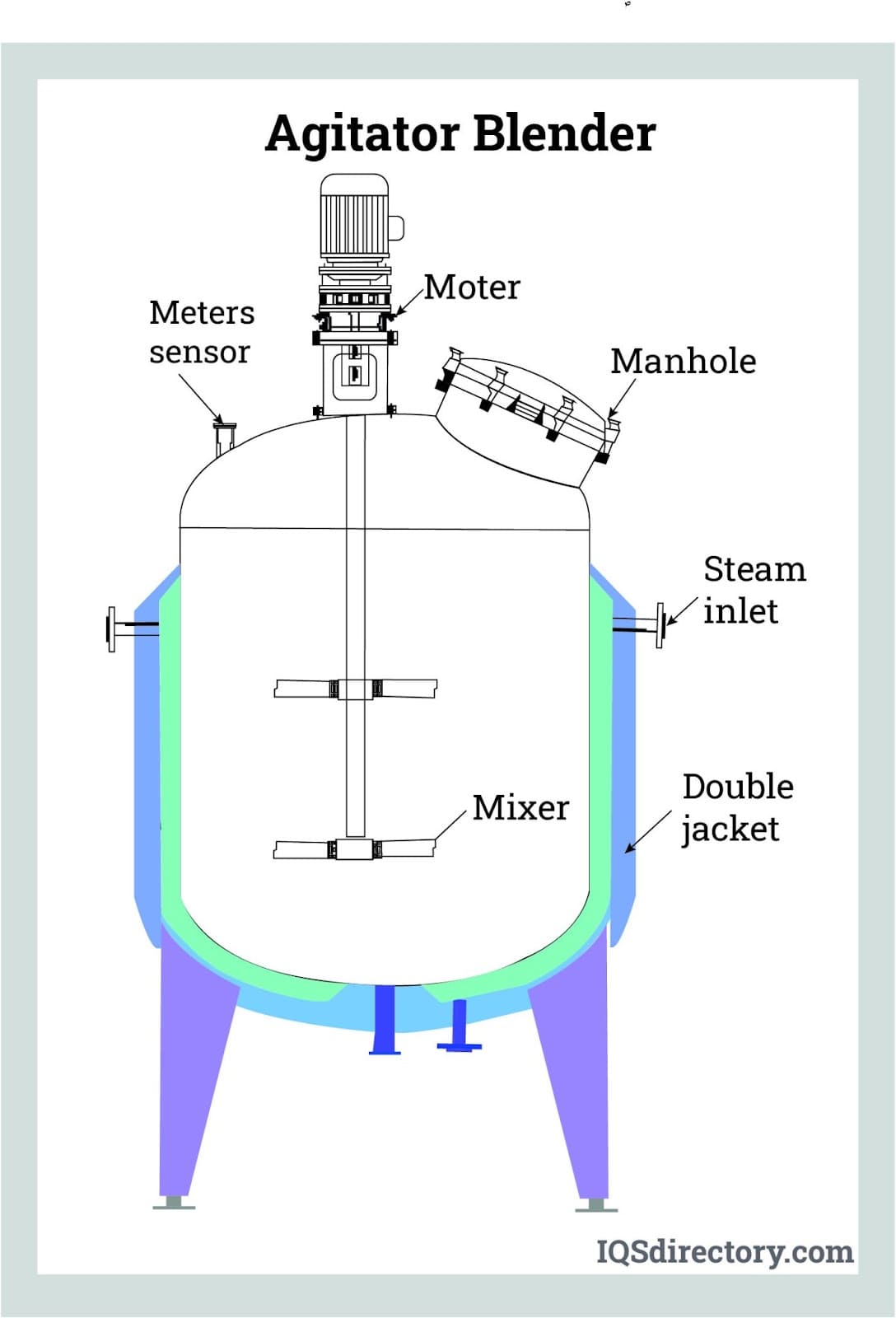
A paddle mixer is a form of agitator, which is designed for the blending of dry materials. Paddle blenders are used for gentle applications such as coating nuts, blending salads, or creating slurries. They can be engineered to cook and blend at the same time. The sizes of paddle blenders vary between 5 cu ft and 500 cu ft.
A paddle blender operates with paddles affixed to a central shaft, which stir the materials. These blenders may feature a discharge valve at the base or a tilting mechanism to release the blended contents. They operate at a slow speed to ensure a uniform and consistent mixture.
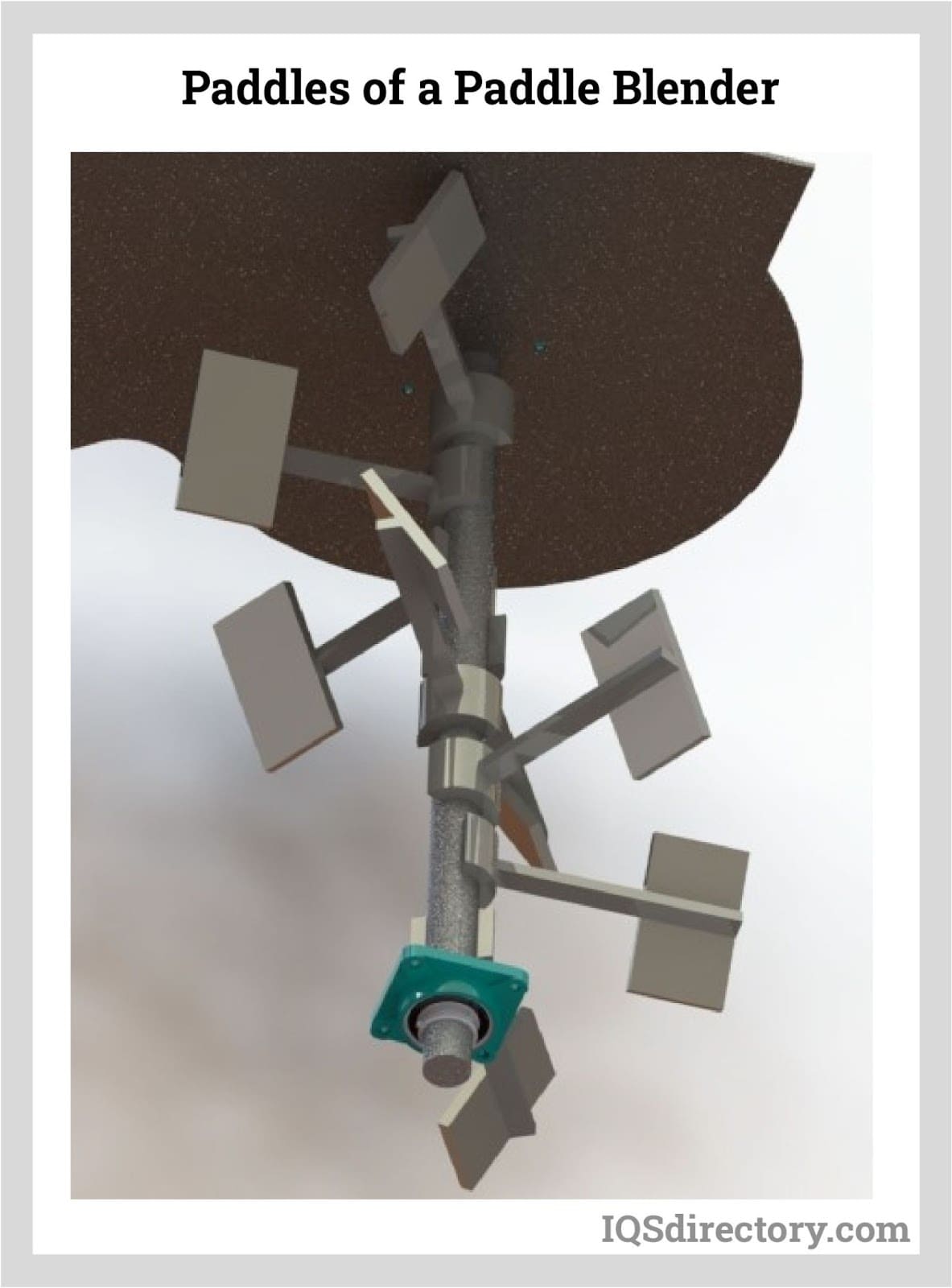
The purpose of an emulsifier is to mix immiscible substances that are resistant to being mixed, such as water and oil. The process of an emulsifier applies pressure to the materials through filters or holes to break down the molecular structure of the materials such that large molecules are made smaller to mix with the other materials.
To improve the blending process of tougher materials, an emulsifying agent can be introduced into the mixture. Unlike traditional blenders with blades, emulsifiers use pipes through which the materials pass, allowing them to combine effectively before the actual mixing occurs.
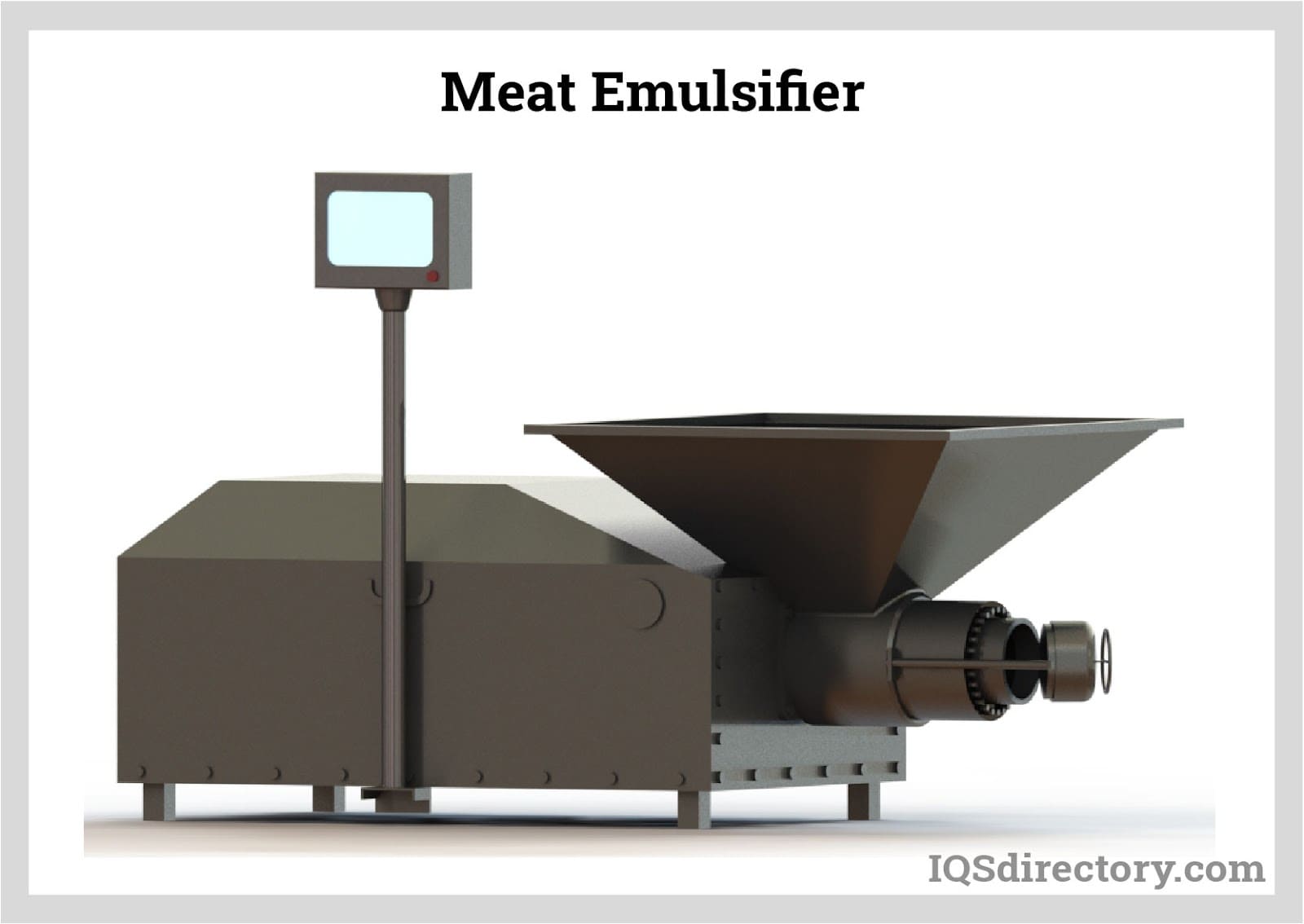
Dual shaft blenders feature two adjacent tubs, each containing a centrally positioned shaft. The shafts may be powered by a single motor using a crossover drive or by separate motors for each shaft. These shafts can rotate in various directions—parallel, opposing, or reversing. Depending on their spacing, the shafts can be positioned close enough to draw material from one another or set farther apart to avoid contact.
With dual motors, a dual shaft blender can operate the shafts at different speeds or in opposite directions, offering versatile mixing capabilities. These blenders can be equipped with either ribbon or blade mixing elements, similar to those used in other industrial blender models.
Ribbon blenders feature elongated, ribbon-shaped blades designed for mixing solid materials. These blades rotate around a central axis, and their distinctive ribbon-like shape is where the blender gets its name. Ribbon blenders are particularly effective at breaking up lumps in liquids that have been stored for a period.
The helical mixing tool, which occupies the entire mixing shaft, generates a spiral flow within the mixing chamber. Ribbon blenders are versatile, capable of mixing a range of materials such as powders, pellets, flakes, granules, pastes, slurries, and dough. The spiral motion of the helical blades produces a three-dimensional flow pattern, with material moving upward along the outer edges and downward in the center.
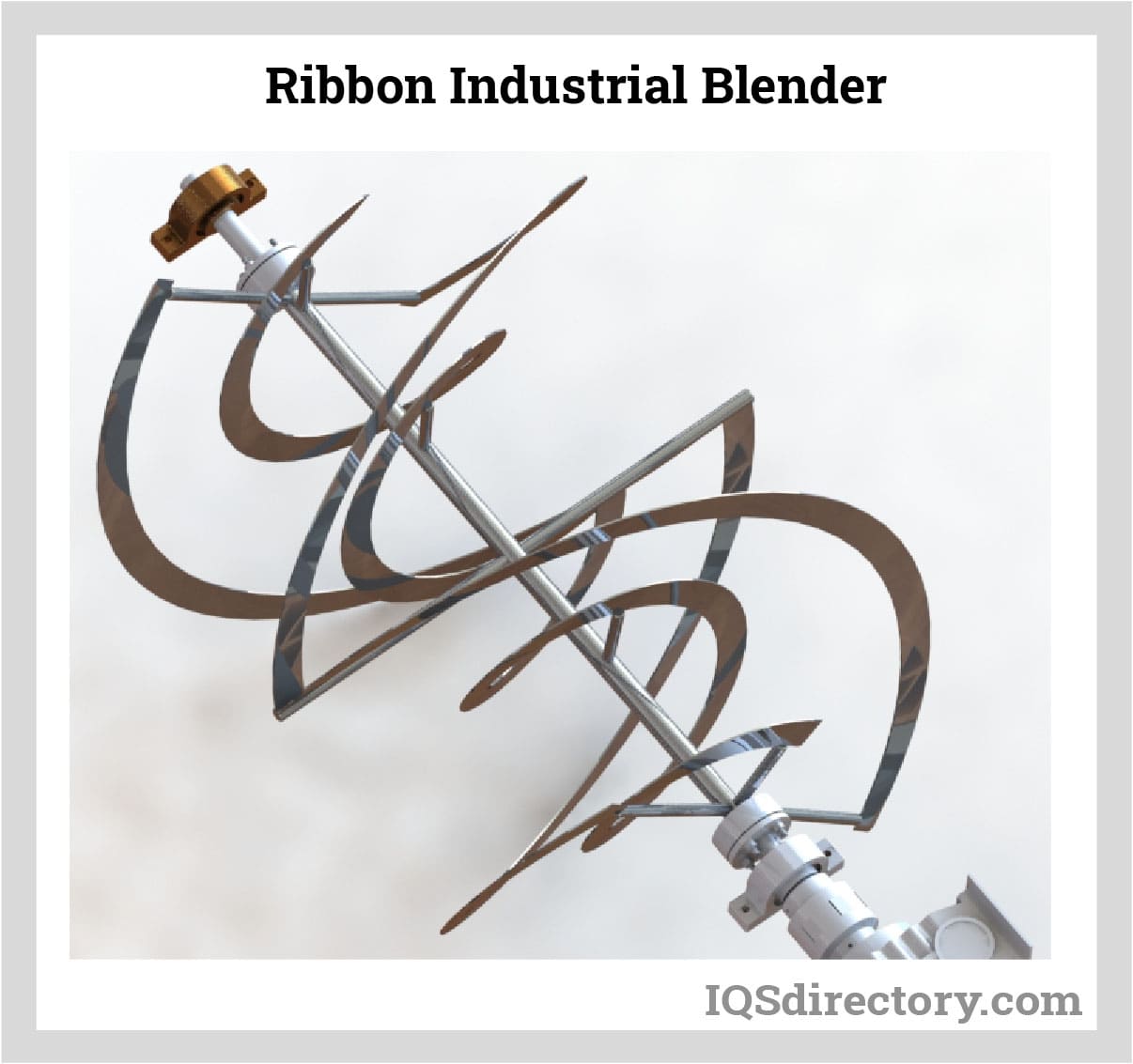
Rotary blenders, also known as rotary drum blenders, lack blades or paddles inside. Instead, the interior of the rotating drum features welded blades, which eliminates the need for moving parts within the mixer. This design ensures a gentle mixing action that avoids shearing or damaging the materials being processed.
The mixing blades in a rotary blender create a fluidizing effect with each rotation, effectively blending bulk materials. This unique motion allows for rapid and efficient mixing of a diverse range of bulk substances.
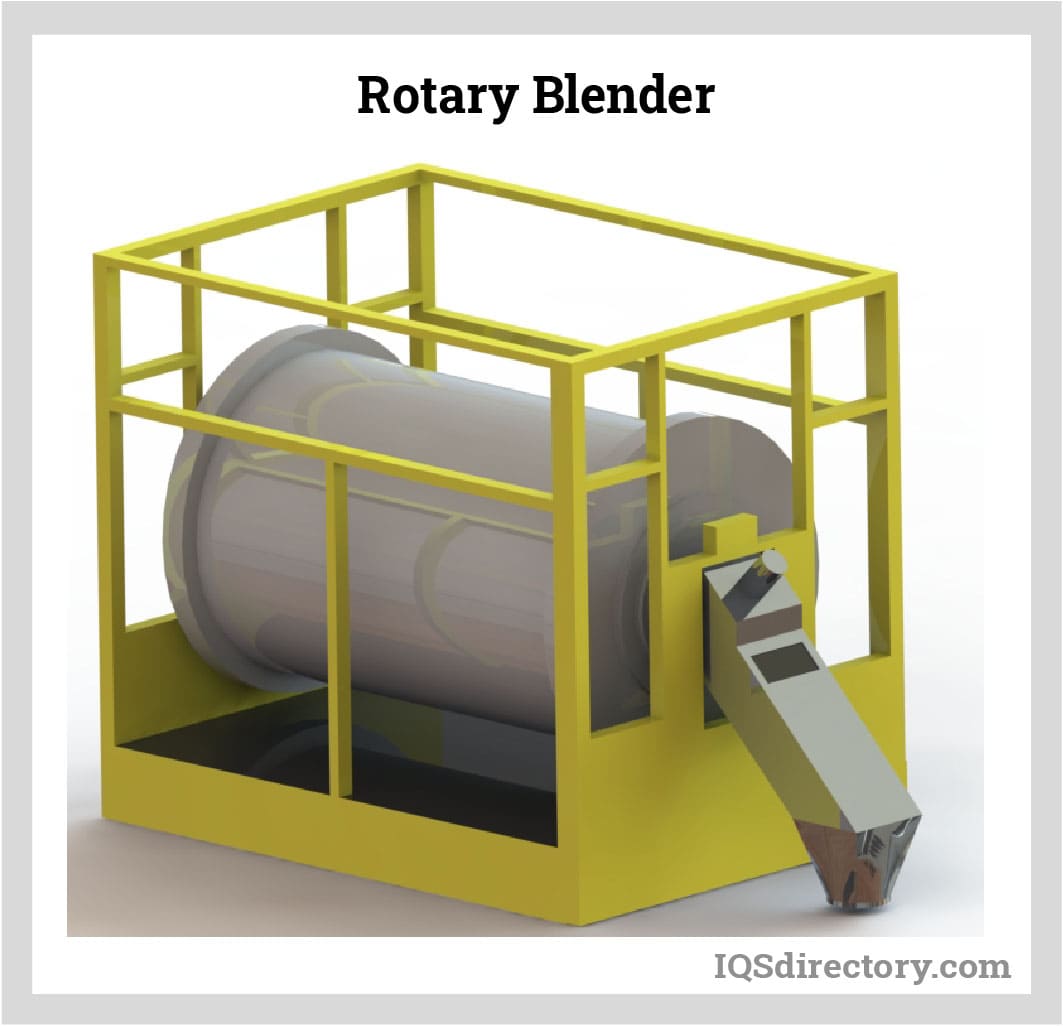
A double cone blender, also known as a tumble blender, rotates to mix materials and is designed with a compact footprint, requiring minimal space. As the cones rotate, the contents gradually move to the bottom of the vessel. These blenders feature an access cover for easy cleaning and inspection. Utilizing the free flow method, double cone blenders provide gentle blending of granules and powders, with the capacity to mix up to five different ingredients simultaneously.
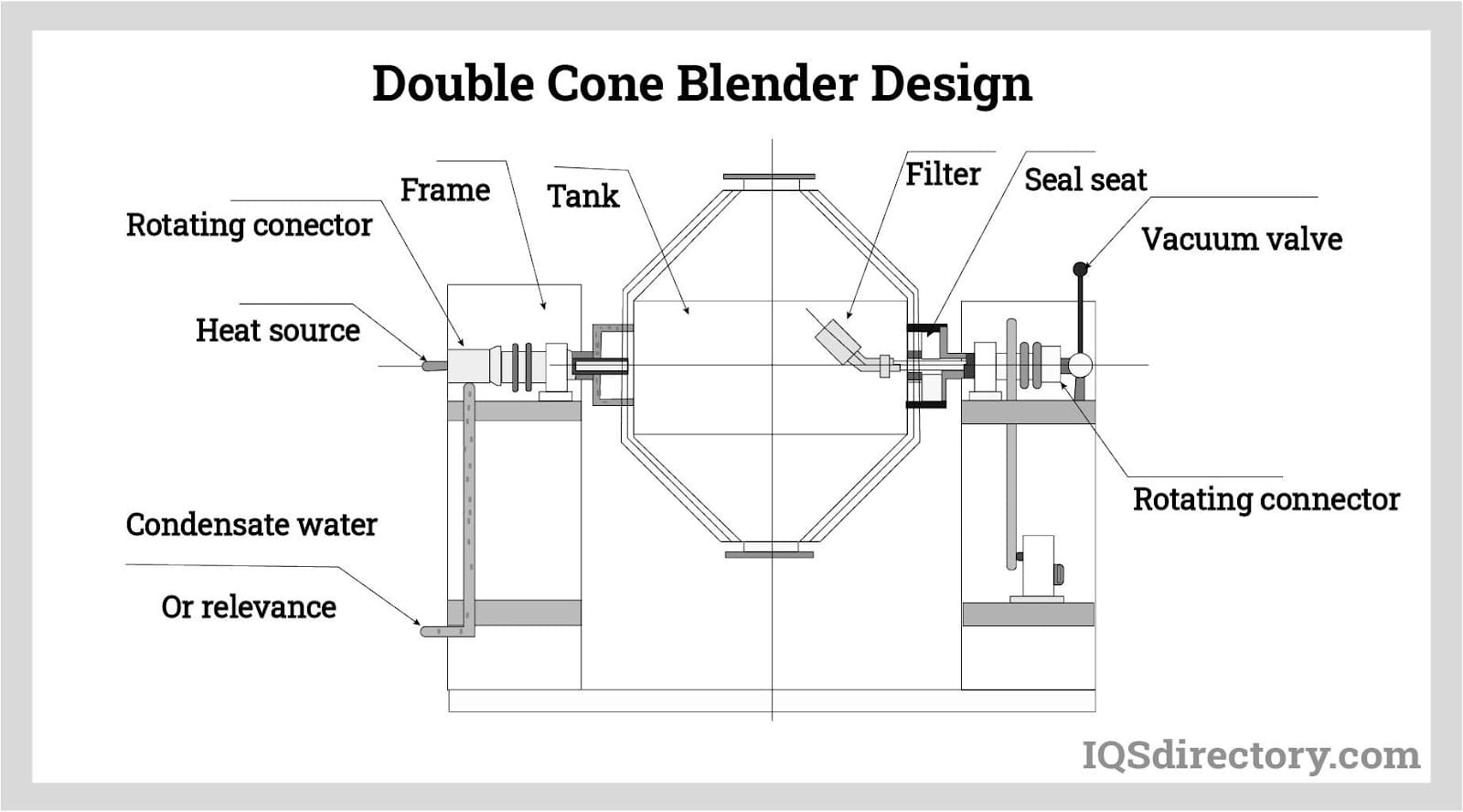
The V-shaped blender, also known as a twin shell blender, uses rotation to tumble materials within its unique metal V structure. As the V rotates, materials are divided between its two wings and then blend back together. The wings are welded at angles of either 75° or 90°. This type of blender operates without internal moving parts and achieves efficient blending with minimal rotations, making the process quicker compared to other blenders.
Similar to double cone blenders, V-shaped blenders are well-suited for mixing free-flowing powders and materials. The two openings are positioned at the top of each wing, facilitating easy discharge of materials once the blending is complete.
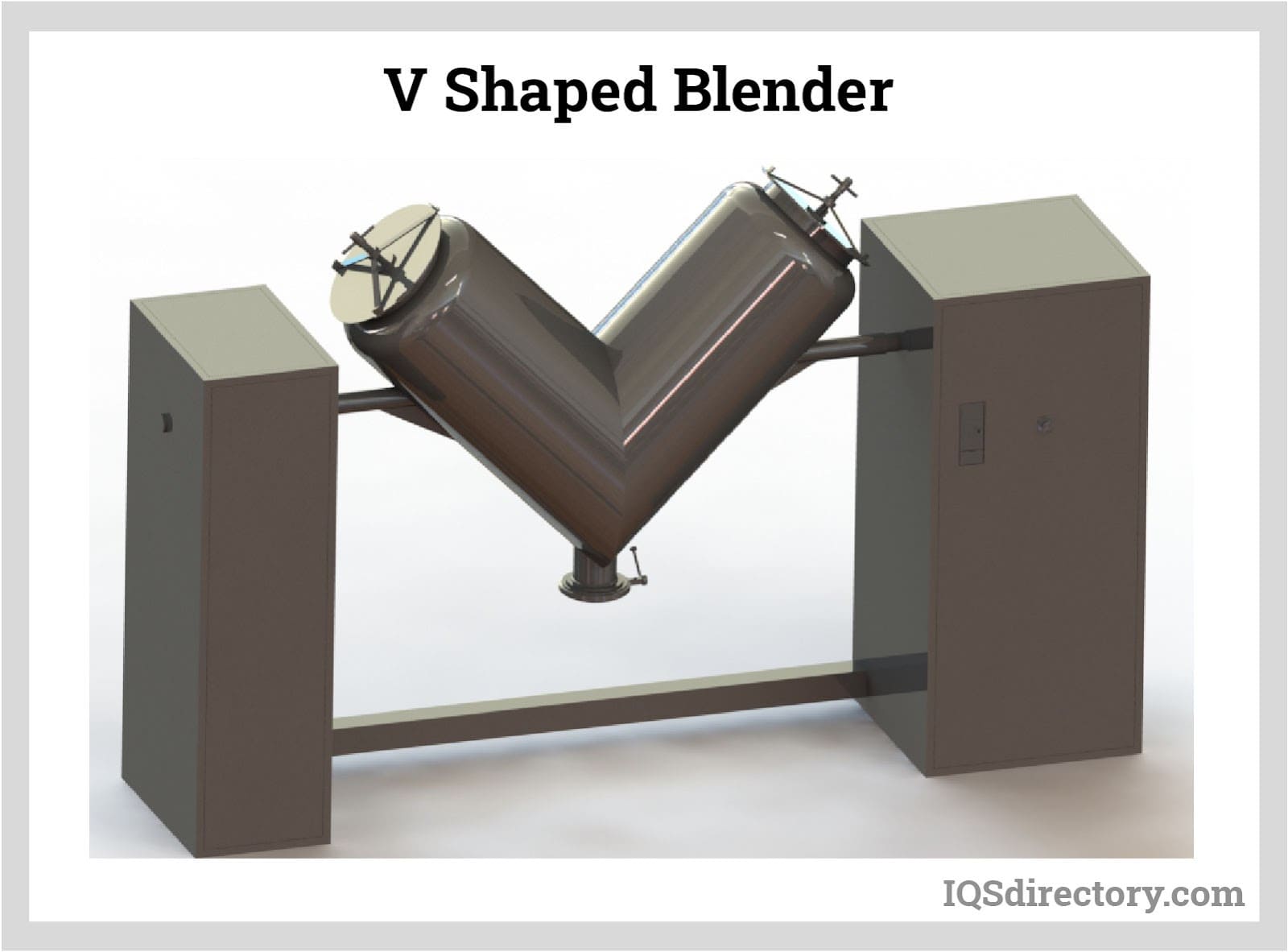
Vibrational blenders utilize ultrasonic sound waves to mix fine powders. This process is akin to that of an emulsifier, but instead of relying on pressure to blend and reduce liquids, vibrational blenders use ultrasonic waves to achieve the mixing.
Ultrasonic waves passing through a liquid or slurry create vacuum bubbles or voids. These bubbles expand with continued wave exposure but eventually collapse when they can no longer absorb energy. This phenomenon, known as ultrasonic cavitation, is effectively used in mixing and blending applications.
Vibration blending offers precise control over various aspects of the blending process, including the amplitude and duration of the ultrasonic waves.
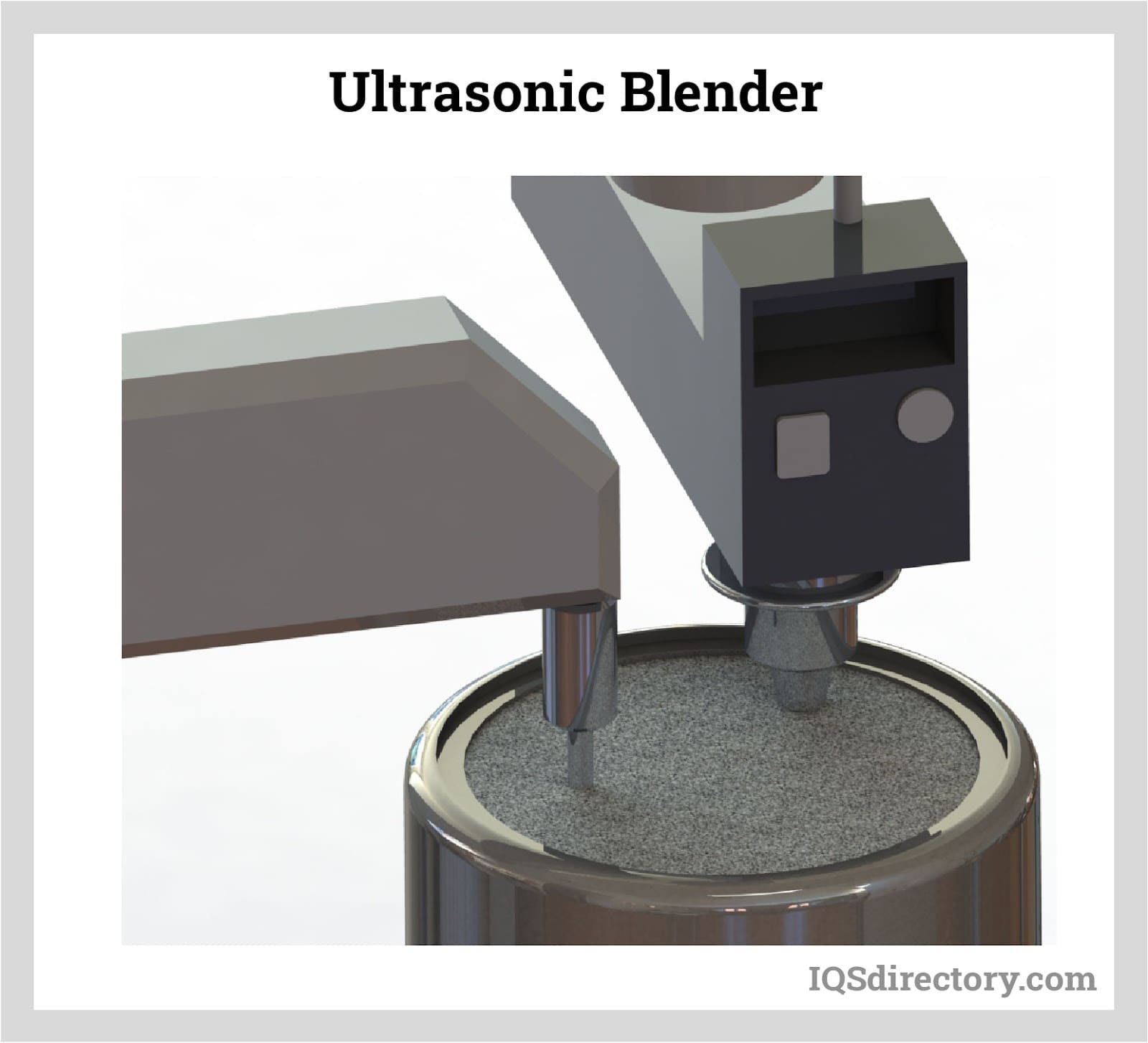
A homogenizer blender operates like an emulsifier by breaking down unlike and unmixable substances. They are an excellent method for blending materials using pressure and force. The purpose of a homogenizer is to break down liquids or materials into a smooth and uniformly consistent substance. Various methods are used by a homogenizer, including ultrasound and various other blending methods.
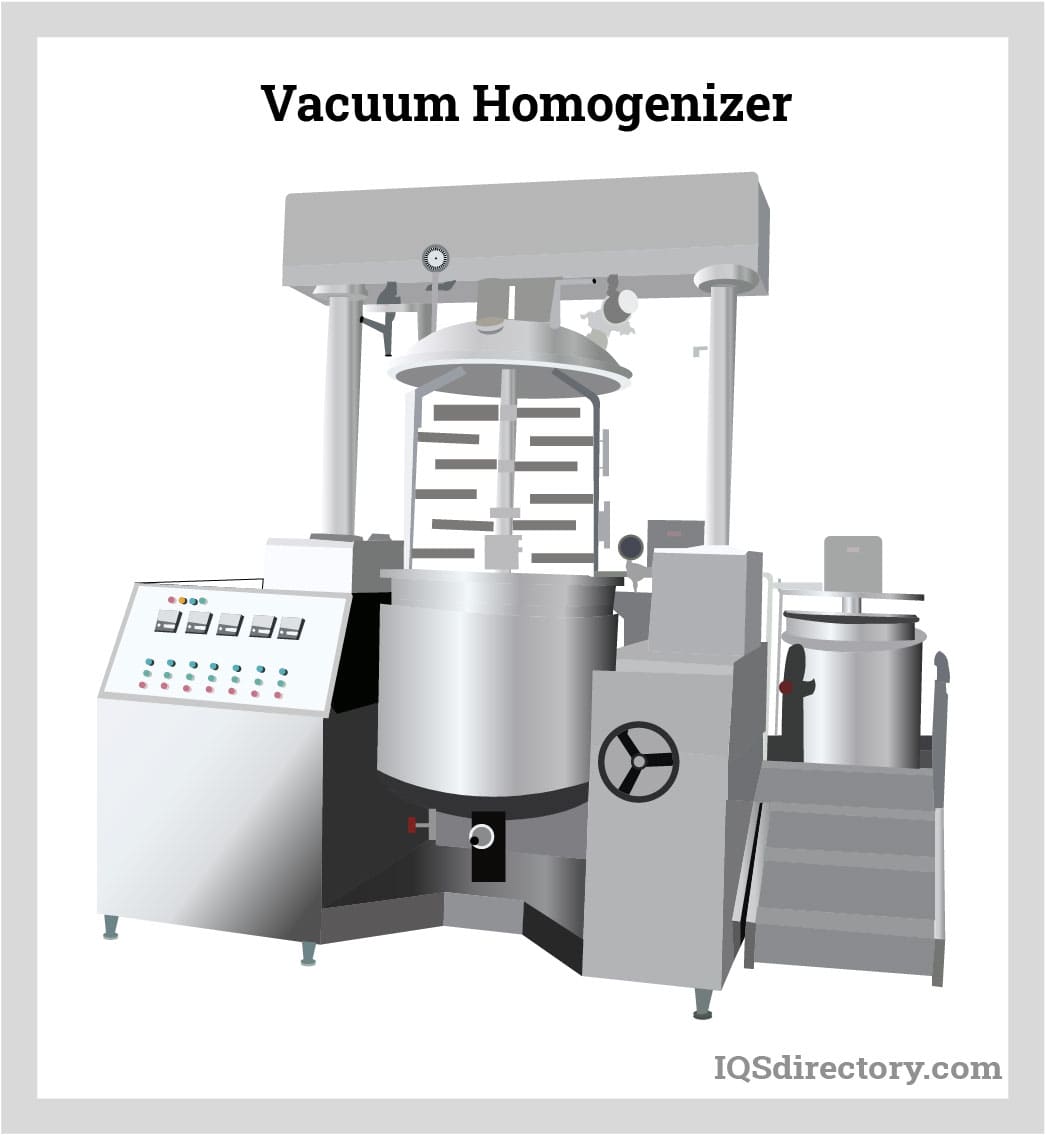
Vacuum blenders come in both horizontal and vertical configurations. They utilize a combination of heat and internal vacuum pressure to mix materials effectively. Additionally, vacuum blenders can also function as dryers during the blending process. The design of a vacuum blender mirrors that of a traditional blender but includes a vacuum pump connected to an airtight blending chamber.
The vacuum pump removes air from the chamber, creating a low-oxygen environment in which blending can occur.
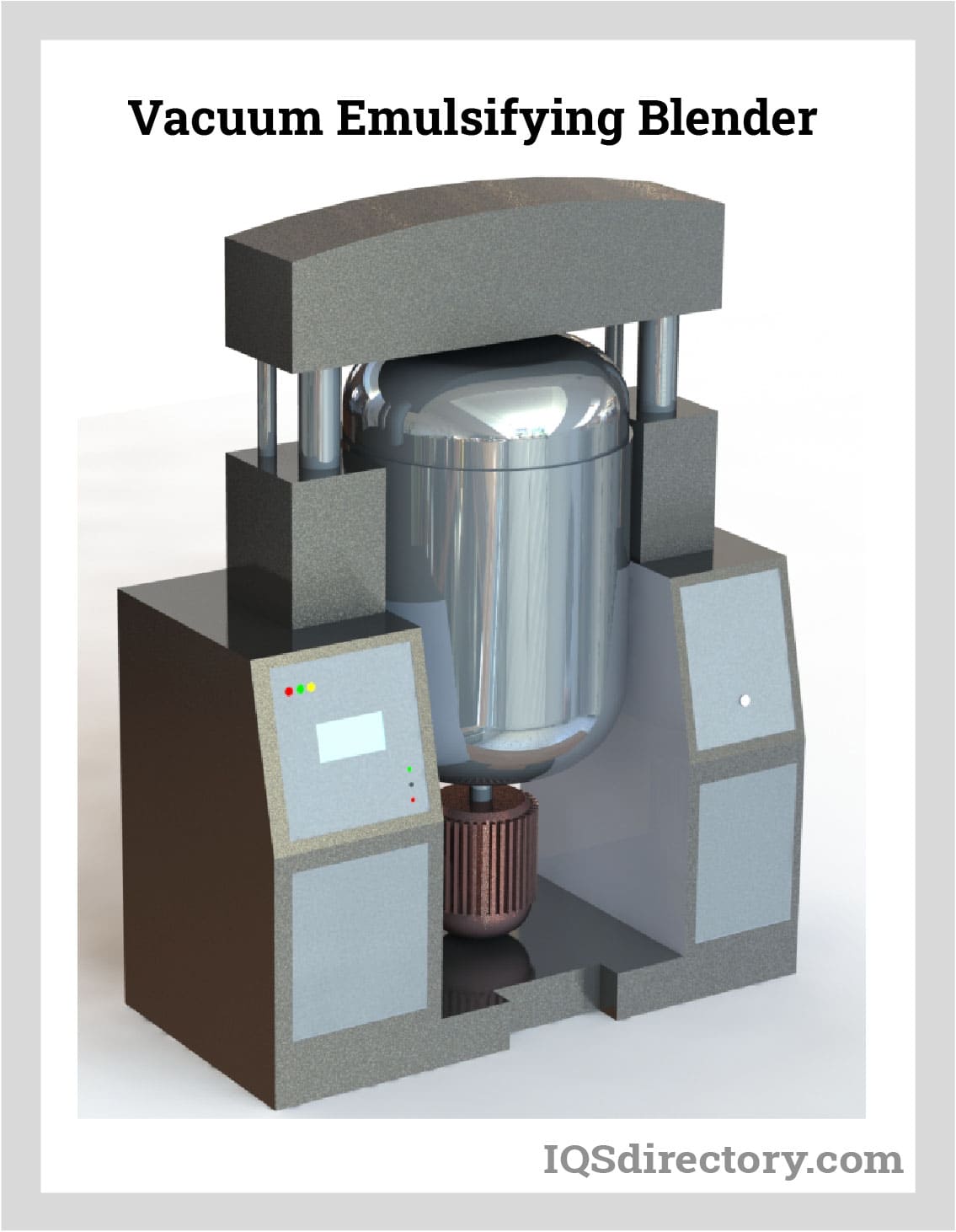
A mass blender features a cabin that rotates on a horizontal plane, similar in design to a rotary blender with blades welded to the interior sides of the chamber. These blenders are ideal for handling lumpy and dry materials, as well as small granular substances. They come in various models with capacities ranging from 50kg to 150kg.
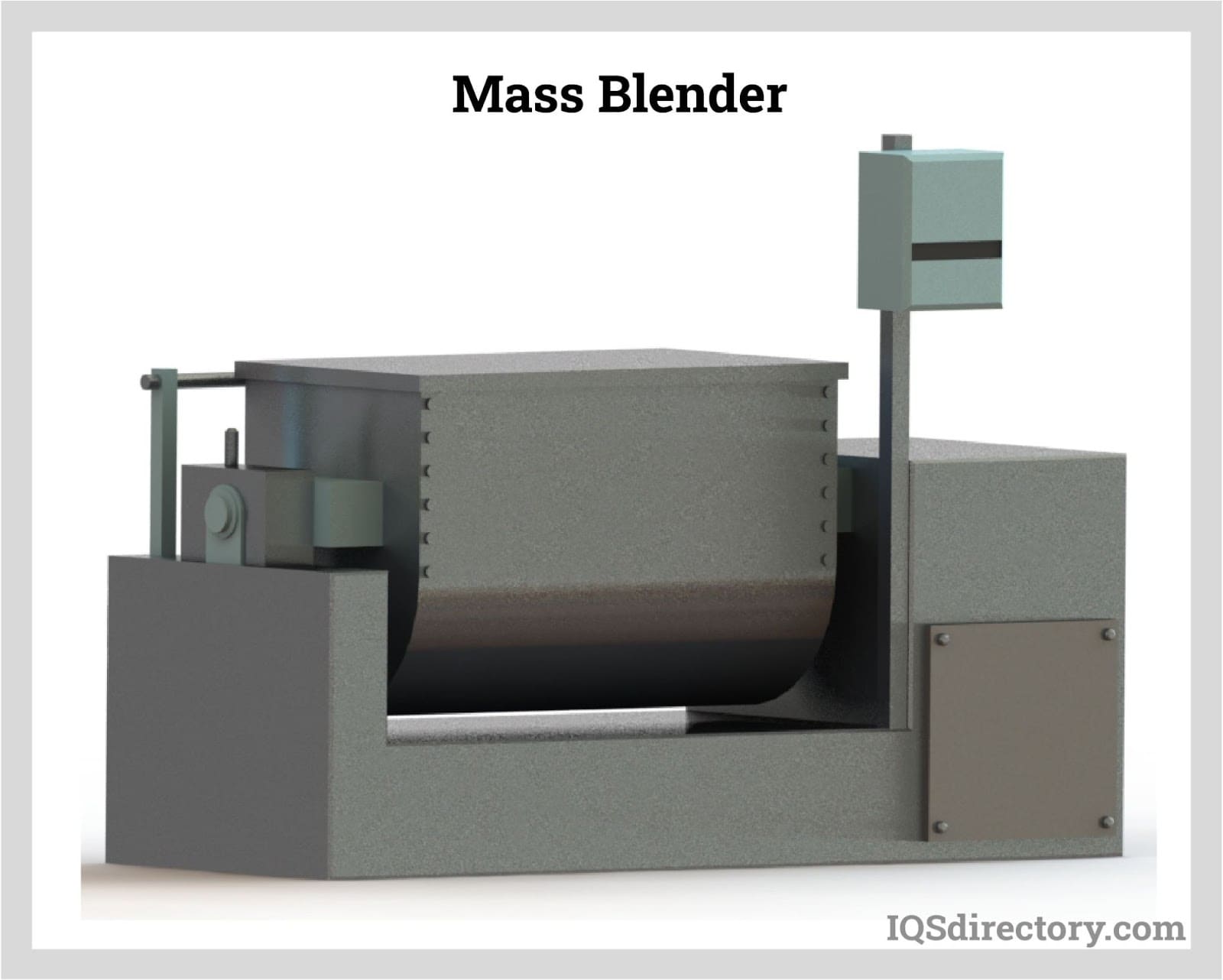
Featuring an octagonal design with polygonal top and bottom sections, an octagonal blender is equipped with baffles that facilitate efficient mixing. It is particularly well-suited for gently blending powders and granular materials. To achieve optimal performance, the blender should be filled to approximately 70% of its total capacity.
The superior blending performance of an octagonal blender is attributed to both its slow rotational speed and its unique octagonal chamber shape. This design allows materials to converge from all sides, minimizing the need for high RPMs. The slow rotational cycle ensures that materials remain in constant, gentle motion, resulting in highly efficient blending.
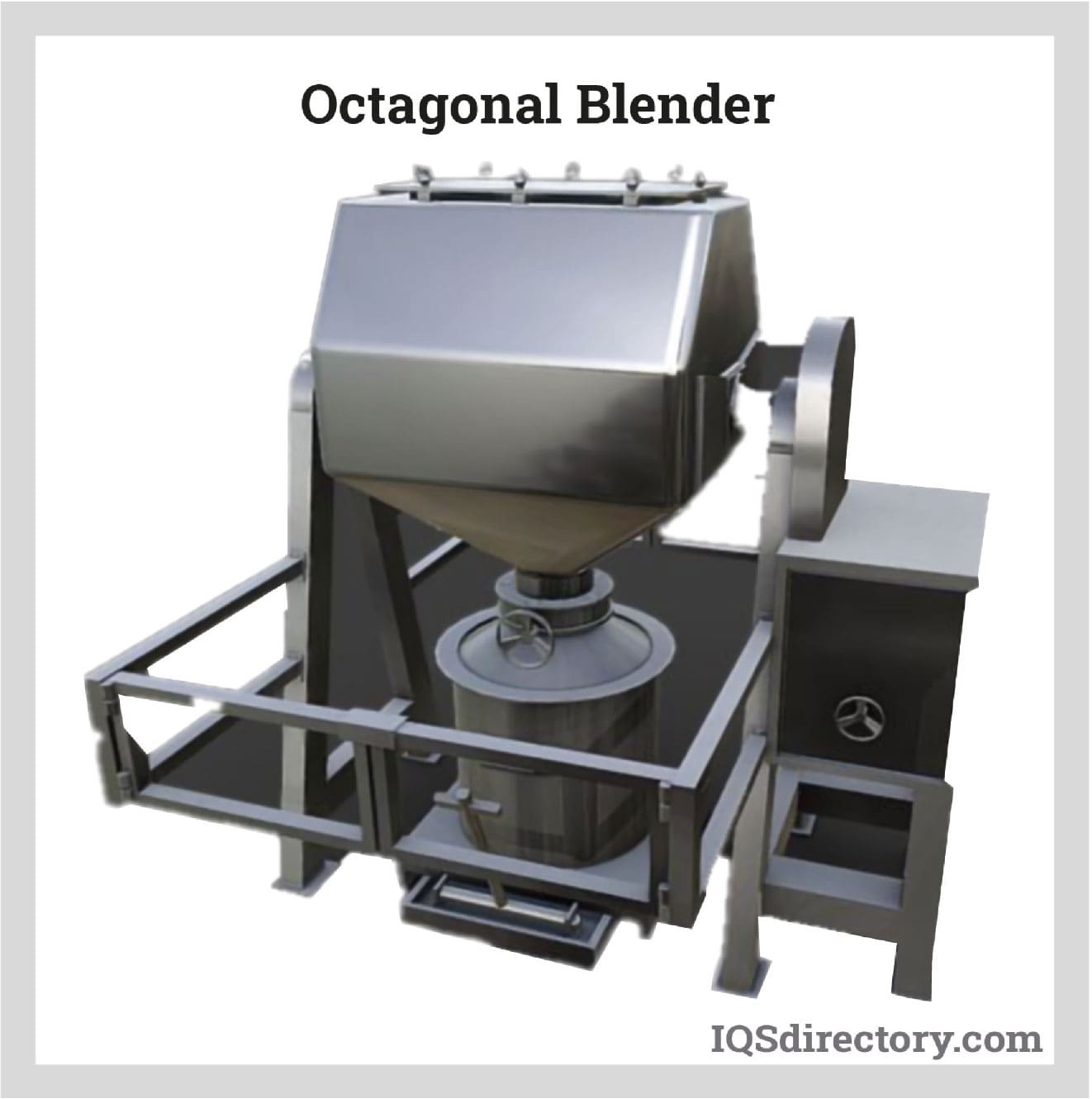
Twin screw low pressure extruders (TSE) are advanced mixers known for their intense mixing capabilities. Unlike standard extruders, TSEs feature two interlocking screws that enhance mixing efficiency at lower temperatures. They are often employed in continuous processes, allowing for compounding and mixing before materials are transferred to a high-pressure extruder.
Twin screw low pressure extruders (TSEs) provide a more intense and aggressive mixing process compared to standard blending techniques. They feature a high solids loading ratio, which denotes the proportion of solid material within the liquid mix.
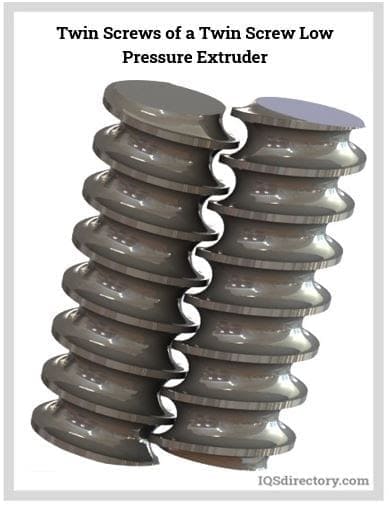
Static mixers are used to continuously blend fluids and materials in flow streams using mixing elements placed in a pipeline with flanges at either end. They are constructed using baffles as the mixing elements, which are made of plastic or metal.
In static mixers, the flow stream drives the mixing process because there are no moving parts involved. The number of mixing elements can range from one to four, based on the application's requirements. Additional elements can be incorporated as needed to enhance the mixing efficiency.
Static mixers are commonly employed in shell and tube heat exchangers to improve heat transfer efficiency. They offer a cost-effective solution for enhancing heat transfer by affecting the film or wall coefficients, thereby optimizing thermal performance.
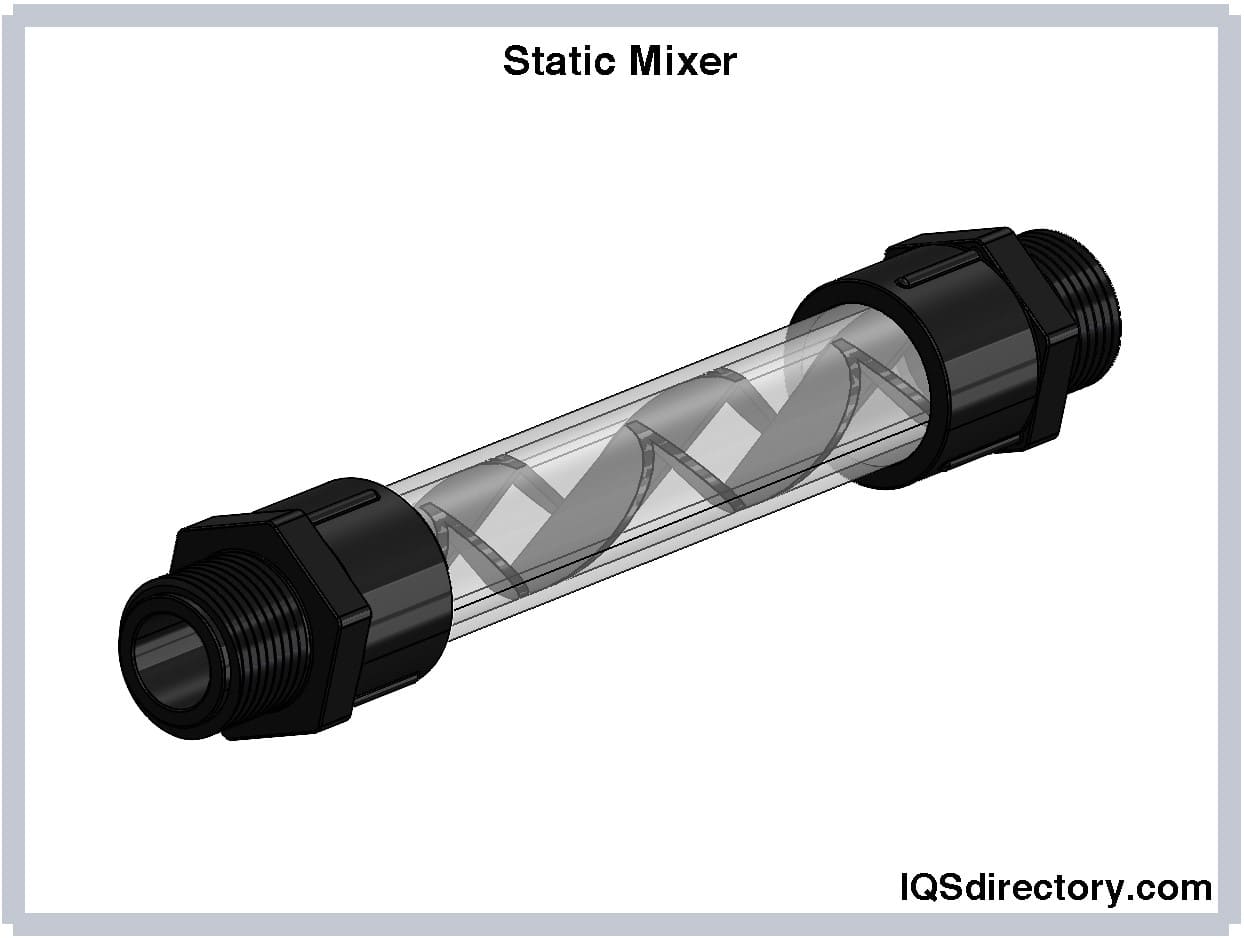
Vertical blenders are well-suited for shear-sensitive materials and situations where floor space is limited. They feature a slowly rotating blending screw, which is more delicate compared to horizontal blenders. The screw spirals through the conical chamber, gently lifting the material upward. When the material reaches the top of the cone, it falls back through the center to the bottom, ensuring even blending.
The screw in a vertical blender is a contra-rotating helical ribbon that generates four cross flows: three driven by forced movement and one by gravity. An upward flow pushes material along the chamber's periphery. The slow rotation speed of vertical blenders makes them suitable for use in hazardous environments. Power for the screw is provided by a gearmotor with a right-angle axis, ensuring efficient output from the kinematic chain.
The efficiency of a vertical blender enables it to handle a variety of batch sizes, starting at just 10% of its total capacity. Once blending is complete, the materials can be easily discharged through a valve located at the bottom of the conical chamber.
Each type of blender is crafted through a manufacturing process tailored to its specific shape, size, and the materials it will handle. Commonly made from steel, stainless steel, aluminum, or cast iron, stainless steel is the most frequently used material. The construction of each blender is meticulously designed to meet the industry standards for its intended application.
Blenders are extensively used in industries such as pharmaceuticals, plastics, and food production. A crucial feature of a blender is its seal, which prevents material leakage and waste. This necessitates precise engineering of all hatches, valves, and other openings in the blender's design to ensure effective containment.
Stainless steel is the standard material for industrial blenders used in the food and beverage, cosmetics, and pharmaceutical industries due to its hygiene requirements. In applications where hygiene is less critical, blenders may be constructed from steel, cast iron, or aluminum.

After selecting the metal type, the metal is roll-formed using a twin roller press. The metal sheet is repeatedly passed through the rollers until it is shaped into a "U" configuration.
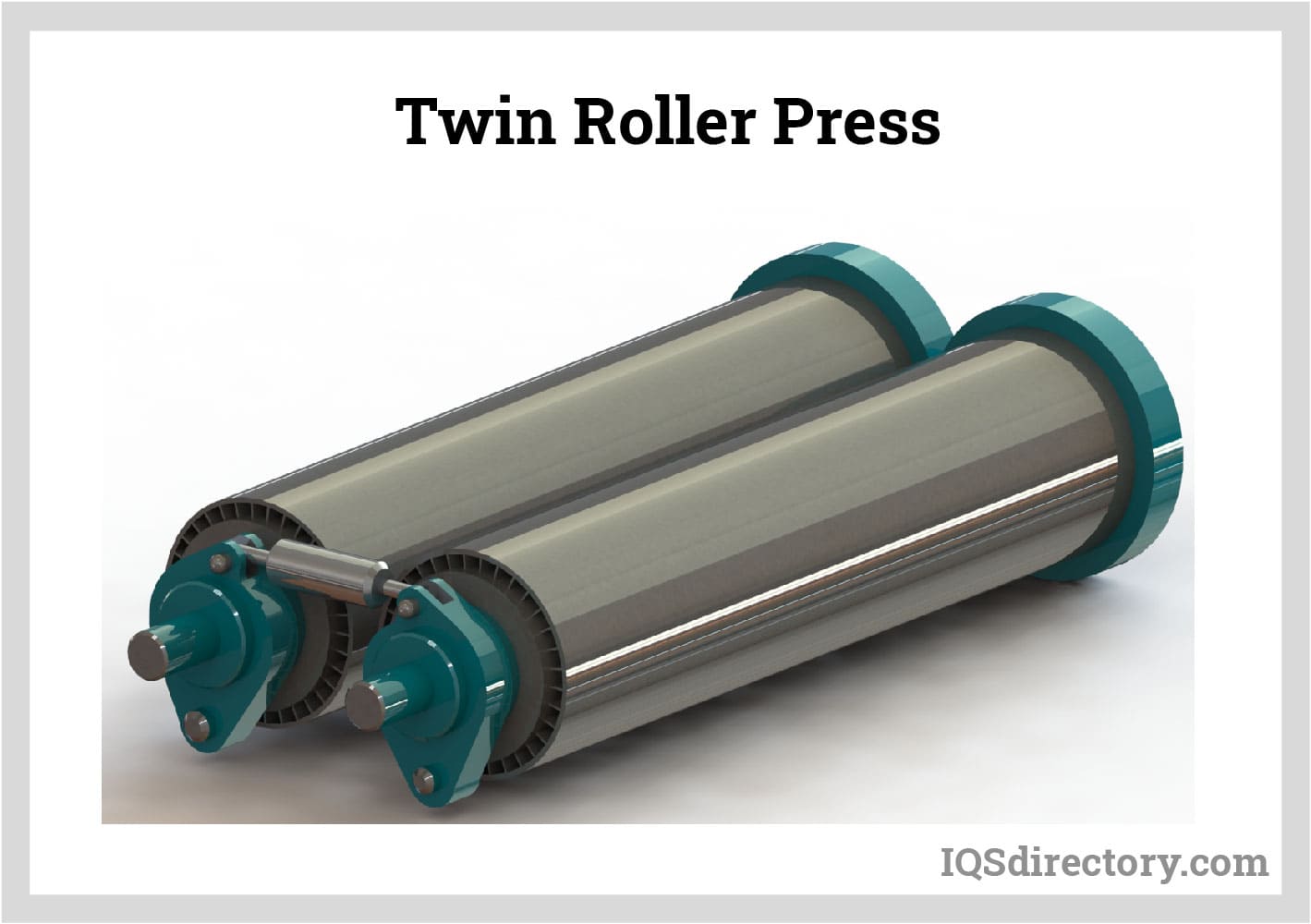
The "U"-shaped metal piece is welded to the end plate of the blender. Spot welding is used to secure it to the plate, with the weld applied horizontally where the curved sheet meets the end plate.
The image below illustrates how the curved sheet is spot-welded perpendicularly to the end plate.
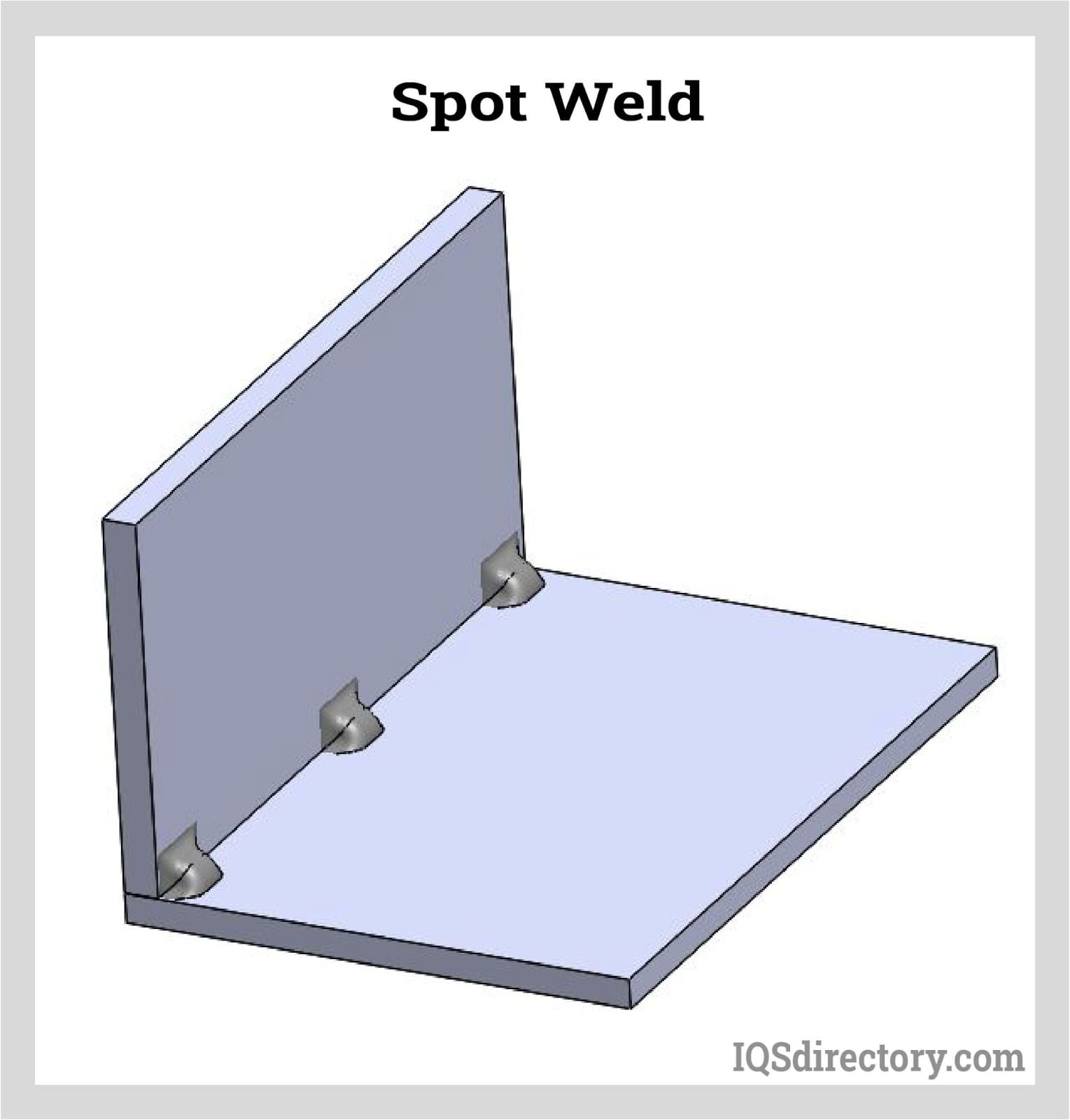
The paddles for most blenders are made out of stainless steel. They are produced using a variety of methods that cut the shapes of the paddles from a plate of stainless steel. Each manufacturer has their own process for cutting the paddles using a variety of techniques.
One technique for cutting paddles involves using a plasma cutter, which provides precise cuts to the desired size and shape. The heat generated by the cutter ensures accurate lines and angles.
After the paddles are cut and shaped, they are curved in a press to enhance their ability to lift, blend, and scoop materials effectively.
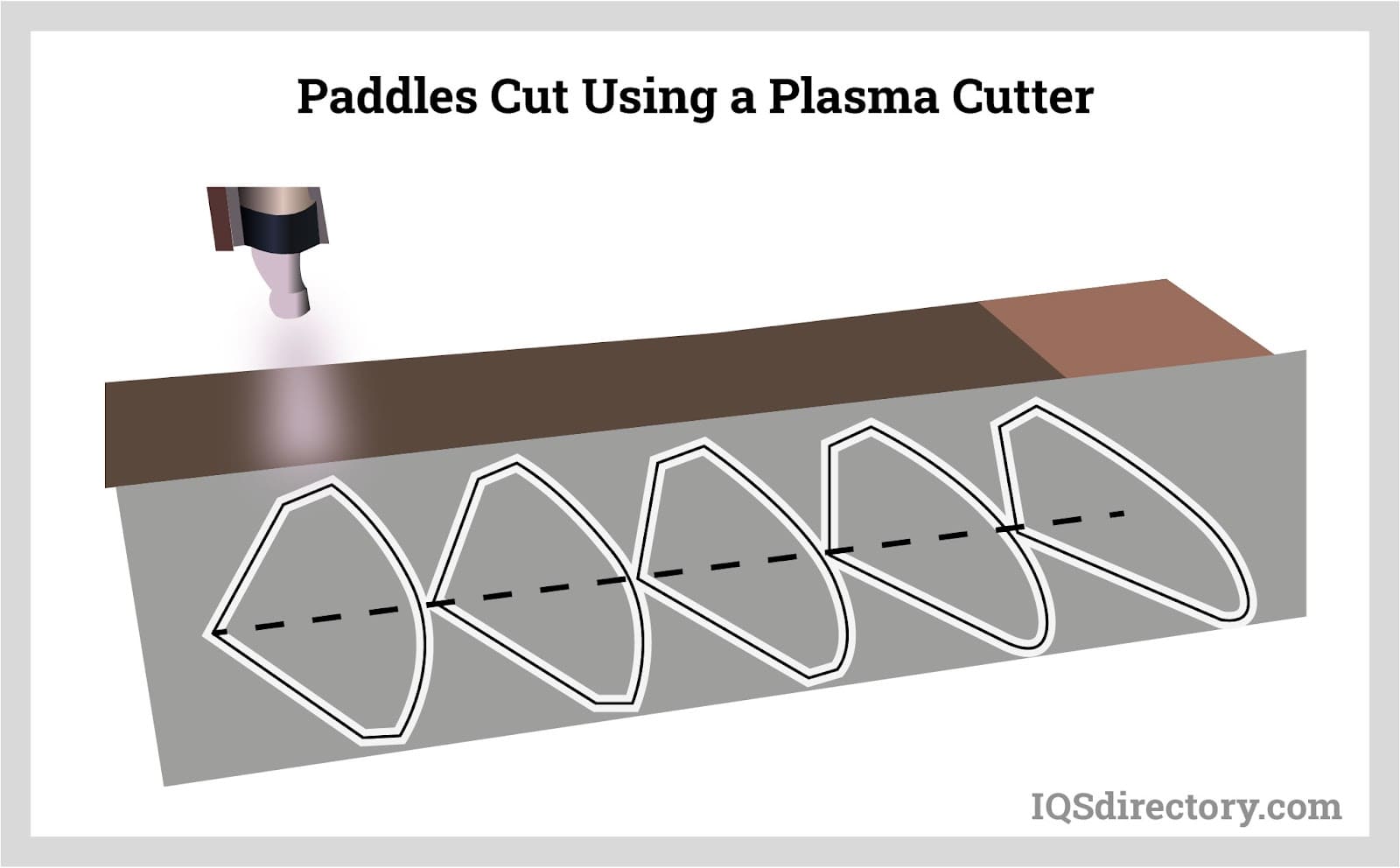
The main shaft of the blender plays a crucial role in the blending process. It provides the rotational force needed to drive the paddle assembly and must endure high temperatures. Smaller diameter shafts experience higher stress compared to larger ones. To ensure the shaft operates within its stress limits and avoids fatigue failure, larger diameter shafts are preferred over smaller ones.
A key seat is machined into the end of the shaft to securely connect it to the mixer's main drive box.
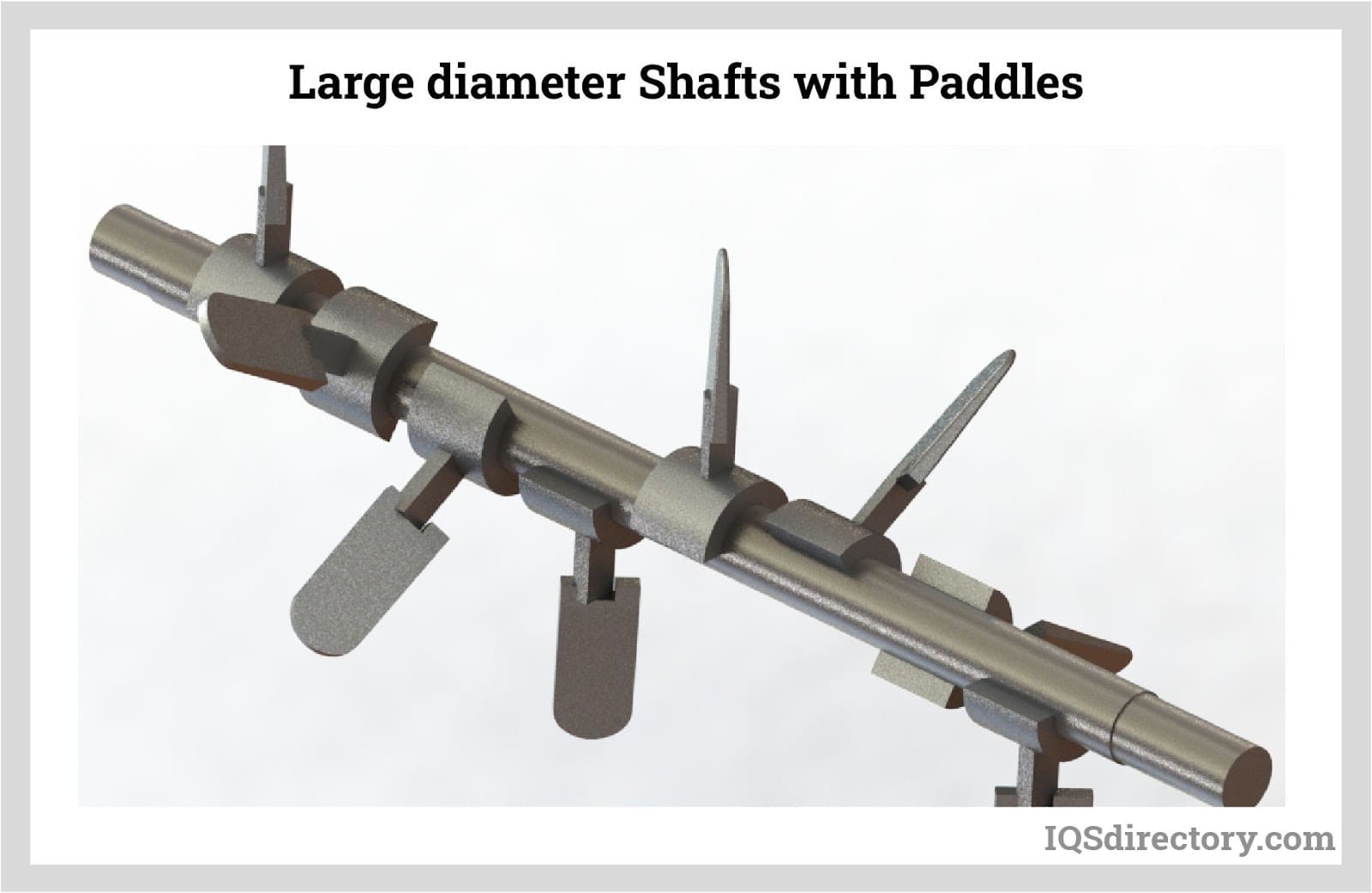
To secure the paddles within the mixing chamber, arms are firmly bolted to the shaft. These arms feature holes that accommodate the paddles and permit adjustment of clearance. Both the arms and paddles are positioned at an angle, and the spacing between the paddles and the chamber walls is meticulously verified to ensure proper clearance.
In certain instances, the arms, paddles, and shaft are welded together to form a solid unit. After welding, the connections are ground smooth to produce a uniform shape. This method provides a more secure and integrated connection between the internal components of the blender.
Welded units are favored in food and chemical processing due to their ease of cleaning.
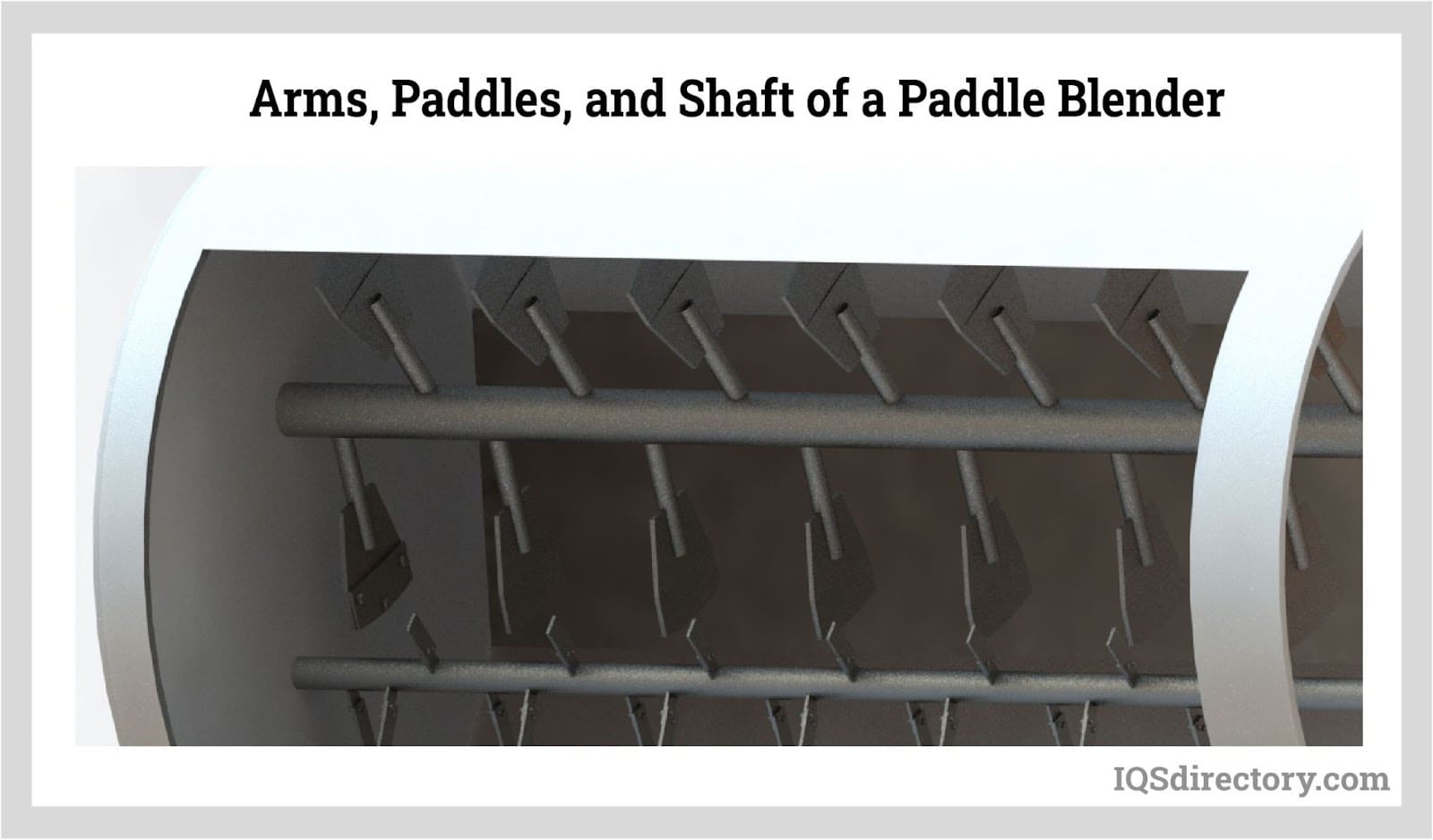
The motor is mounted on the blender, with the drive assembly linked to the agitator shaft. A taper bushing ensures that the drive gear box is properly centered on the shaft.
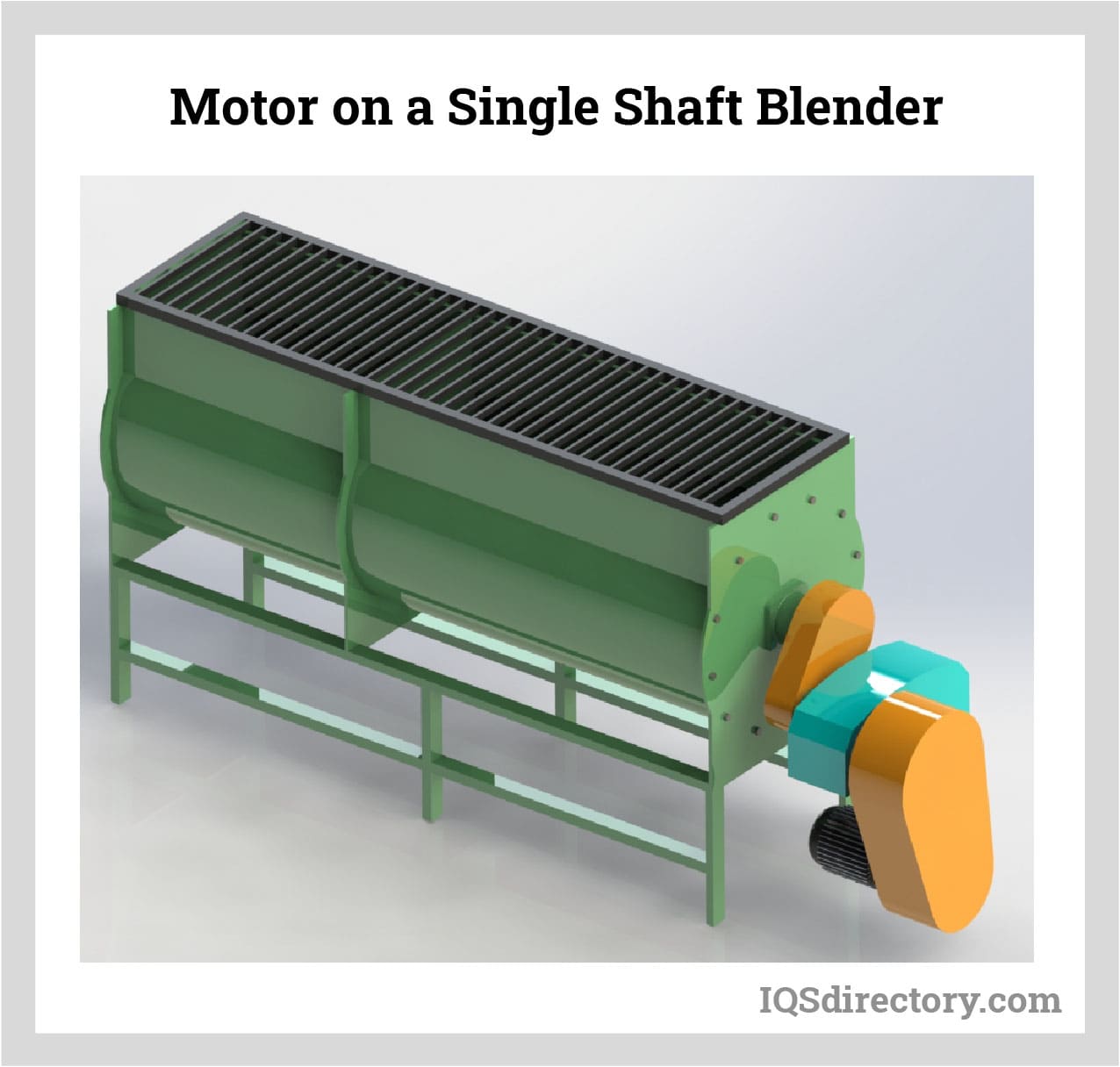
Horizontal blenders, the most commonly used type, feature covers on the top of the chamber for access. These covers are equipped with safety grids to protect operators from large materials when the blender is open. The covers and safety grids allow for loading, unloading, and inspecting the paddles and shaft.
After installing the covers and grids, additional monitoring devices are added, including air pressure valves to regulate the air pressure along the shaft.
Control panels vary depending on the material and type of blender. They are designed to simplify the operation of the blender by minimizing the required input. Programmable Logic Controllers (PLCs) are essential in modern industrial blenders, offering multiple user interfaces. PLCs need to be custom-programmed to handle specific requirements such as weight, time, speed, and other parameters.
Typically, PLCs for blenders are custom-built from the ground up, incorporating the necessary adjustments and data for specific applications.
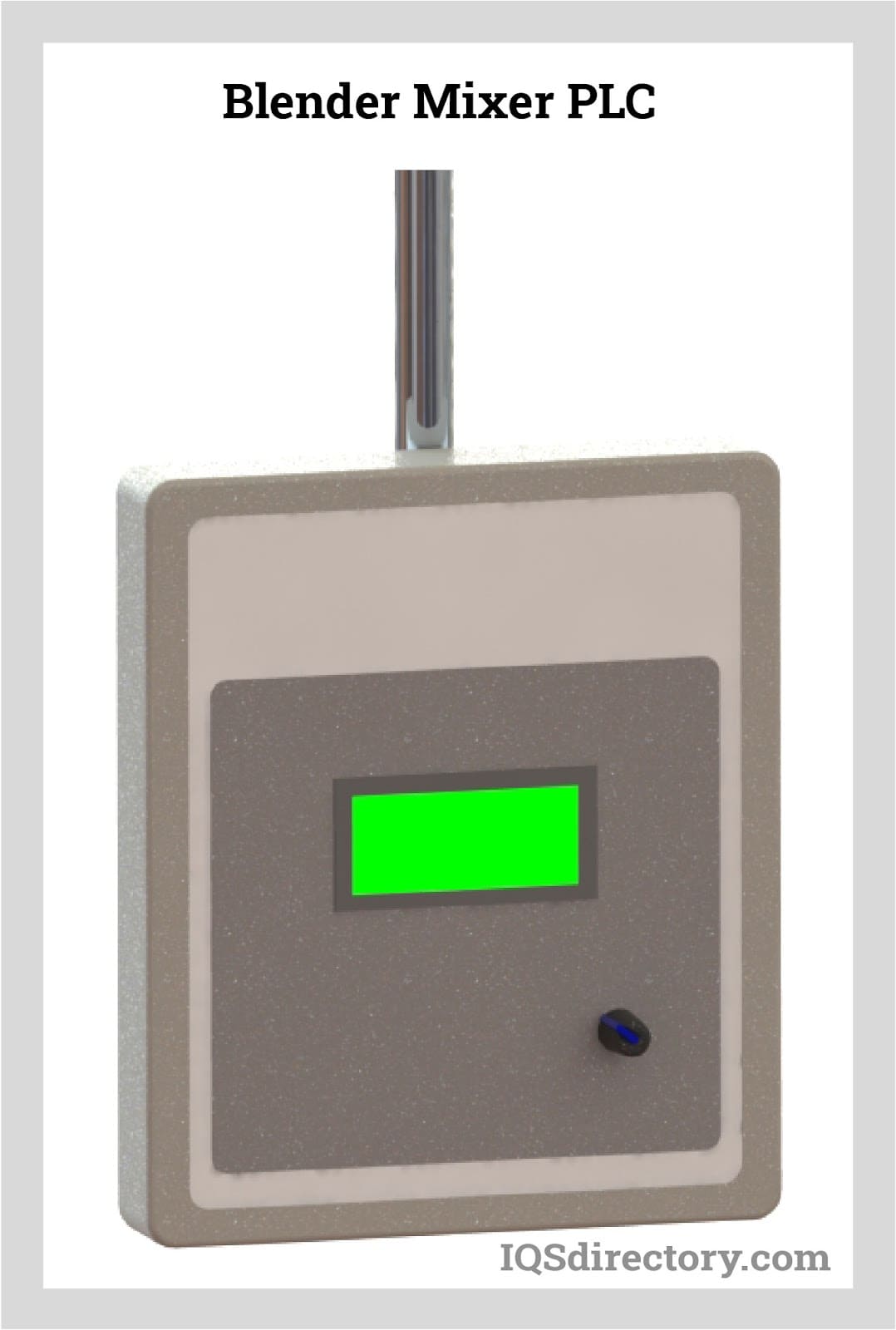
Industrial blenders are crucial in manufacturing due to their large capacity, allowing for the formulation of products in substantial quantities. They enable the production of final mixtures in bulk, ensuring an efficient and seamless blending process that supports smooth and worry-free production.
Blenders are used globally across various industries to combine components and create products. Whether it's mixing ingredients for bread or blending polymers for plastic goods, blenders play a crucial role in completing the production process.
Pharmaceutical manufacturing demands equipment that ensures exceptional accuracy, consistency, cleanliness, and efficiency. Regulatory standards are in place to guarantee the safety and purity of medications for public use. Consequently, blenders used in the pharmaceutical industry are highly specialized and intricate to meet these stringent requirements.
Blenders in the pharmaceutical industry are used for preparing emulsions, reducing particle size, facilitating chemical reactions, altering material flow, and dissolving components. Due to the complex requirements of this industry, a variety of blending devices are employed to meet diverse needs.
The effectiveness of adhesive production hinges significantly on the blending process. Whether it’s homogenizing or dissolving, the type, size, and blending method play crucial roles in determining the efficiency and quality of the adhesive. Advances in blender technology have greatly enhanced the blending of adhesive materials, leading to improved product performance and application.
Adhesives that are produced using an industrial blender include epoxies, latex sealants, joint compounds, polybutene emulsions, polyurethane, and rubber cement, to name a few.
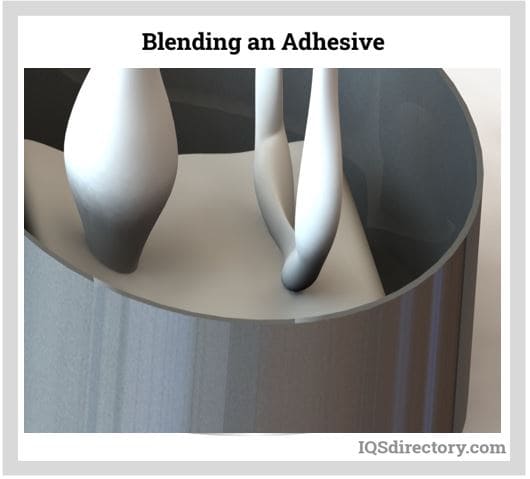
When people hear the term "blender," they often think of the countertop appliance used for making food at home. However, in the food industry, blenders are employed on a much larger scale. They are utilized for a variety of processes, including dry blending, emulsification, dissolution, dispersion, and the blending of highly viscous ingredients.
Blending plays a crucial role in converting raw ingredients into delicious and ready-to-eat food products. An industrial blender’s precision ensures the ideal texture and appearance for each product. With a range of available blenders, processors can choose smaller units for small-scale operations or larger, more durable machines for extended production runs.
In the plastics industry, blenders are essential for determining the type, strength, and molecular structure of plastics. The initial step in plastic production involves blending various polymers and chemical additives into a solid mixture. This critical process directly impacts the quality, design, and functionality of the final plastic material.
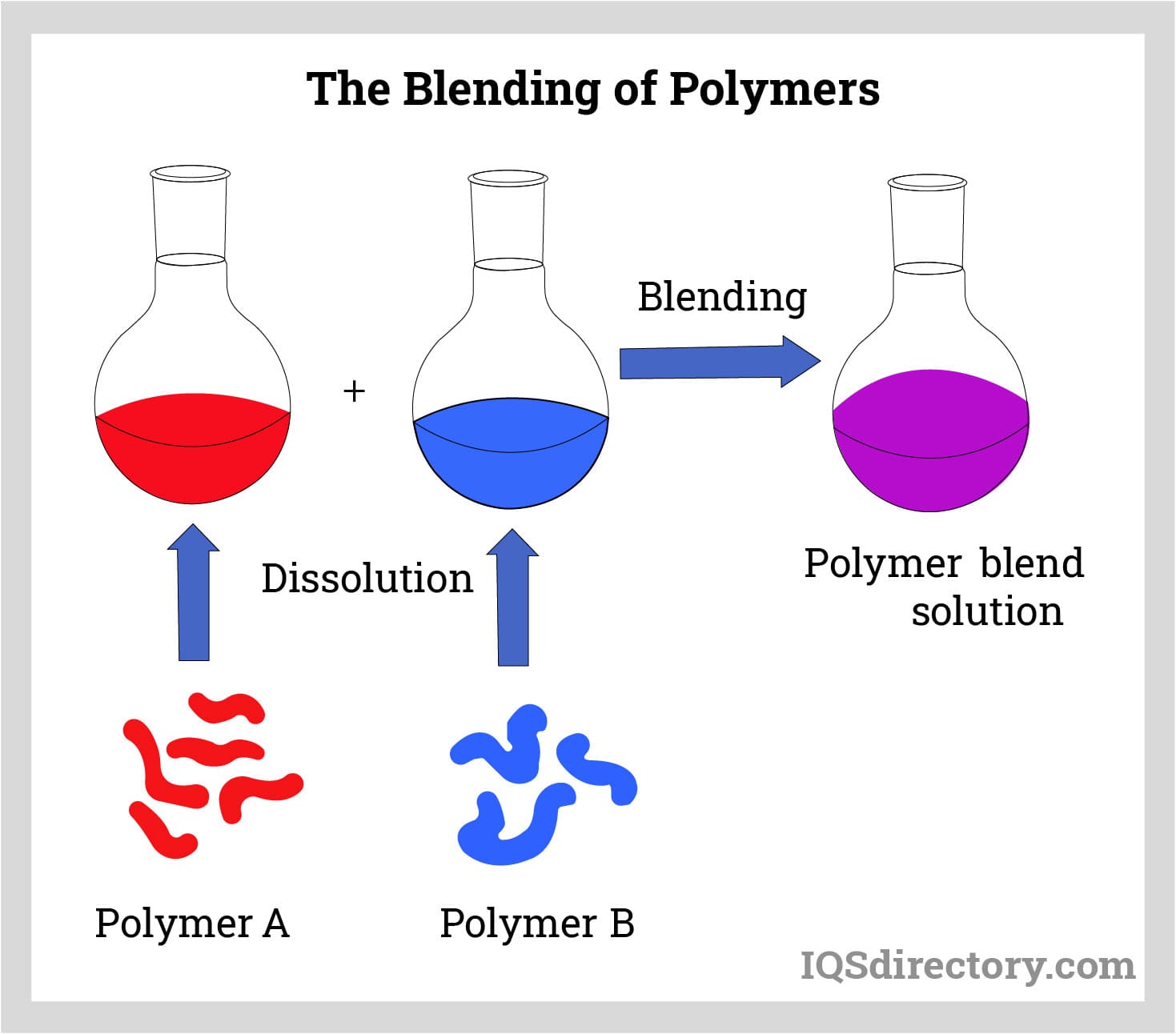
In the cosmetics industry, a significant challenge is blending materials that are not naturally compatible, which often involves emulsifying them to break down their molecular structures. Industrial blenders provide superior control and accuracy, allowing producers to blend these materials effectively without compromising their essential qualities.
The cosmetic industry demands blenders that can adapt to various consistencies, viscosities, and shearing requirements of different cosmetic materials. Industrial blenders are well-suited to meet these challenges effectively.
The industries described above represent just a few of the many that depend on industrial blenders for their processes. Any production process that involves the blending and mixing of various materials relies on industrial blenders to emulsify, blend, mix, and pulverize raw materials effectively.
| Industries and Their Blenders | |
|---|---|
| Aerospace | Candle Waxes |
| Aviation | Synthetic Leather |
| Batteries | Tobacco Products |
| Electronics | Cements |
| Cannabis | Ceramic |
| CBD Manufacturing | Metals |
| Chemicals | Inks |
| Glass | Paints |
| Pet Health Applications | Coatings |
Industrial blenders are versatile and can handle a diverse array of substances, including pellets, rocks, viscous fluids, and powders. Their robust construction, long-lasting performance, and dependable quality ensure they can effectively process any material with resilience and durability.
Industrial blenders boast a high tensile strength steel construction, which allows them to handle a wide variety of materials with minimal restrictions. This durability makes them essential tools in material processing and production.
When mixing dry powders, no liquids or water are added to ease the material for the blender. In the food sector, dry powders include coffee grounds, baking mixes, flavorings, spices, flour, tea leaves, and frozen goods. In the chemical sector, dry powders encompass powdered soaps, custom chemicals, ceramics, and plant nutrients.
Blending dressings and spreads with precision demands careful attention and thorough planning, as improper mixing can compromise the flavor and quality of the end product. The challenge is heightened by using oil as the primary ingredient. This process is time-consuming and typically does not involve the use of blades or mixers.
Dry pet food undergoes a blending procedure designed to create a solid texture that fractures and crumbles when chewed. An industrial blender refines and optimizes the texture, shape, and composition of the dry pet food.
Among all food products, sauces present the greatest challenge to prepare due to the need for exact blending of precisely measured ingredients. Blending too rapidly can lead to a sour taste, while blending too slowly may result in an incorrect consistency. Advanced PLC control in industrial blenders helps achieve the perfect sauce by managing the blending process effectively.
Creating confections involves a blending process similar to that of sauces, demanding the same level of precision. Traditionally, candies and sweets were crafted by hand on large heated surfaces, requiring extensive time for forming, churning, and shaping to achieve the right consistency. Today, industrial blenders have significantly reduced this time, allowing for the efficient preparation of large batches with the desired consistency in much less time.
Preparing bases requires meticulous attention and considerable patience. Sometimes, chefs keep the ingredients and their proportions secret. Industrial blenders are perfect for creating these confidential bases, as they ensure precise ingredient ratios and allow for optimal blending speed and duration.
Syrups are created by mixing preservatives with raw sweeteners in water. This process often involves vigorous blending using fast-moving paddles and agitators. A key aspect of this blending is the shearing of the ingredients to ensure thorough dissolution.
Polymer blending involves combining different polymers without the need for bonding agents. This method aims to quickly and cost-effectively produce materials with unique and complex properties. The resulting blended polymers often exhibit enhanced characteristics compared to the individual polymers, leveraging the strengths of both to create superior materials.
In industrial polymer blending, a significant challenge is ensuring the miscibility of the polymers. The process often necessitates intense pulverization to break down the molecular structures of the materials, facilitating their effective blending.
Metal blending occurs when metals are reduced to a powder form. The particle size and shape influence the blending method chosen for their combination. This process results in a material that harnesses the properties and benefits of each metal. By breaking down the metals' molecular structures, the blending creates a unified substance with enhanced characteristics.


Agitators are equipment used in homogenizing media inside a tank. It works by rotating the impeller at its immersed end at a controlled speed or revolutions per minute (rpm). The work exerted by...
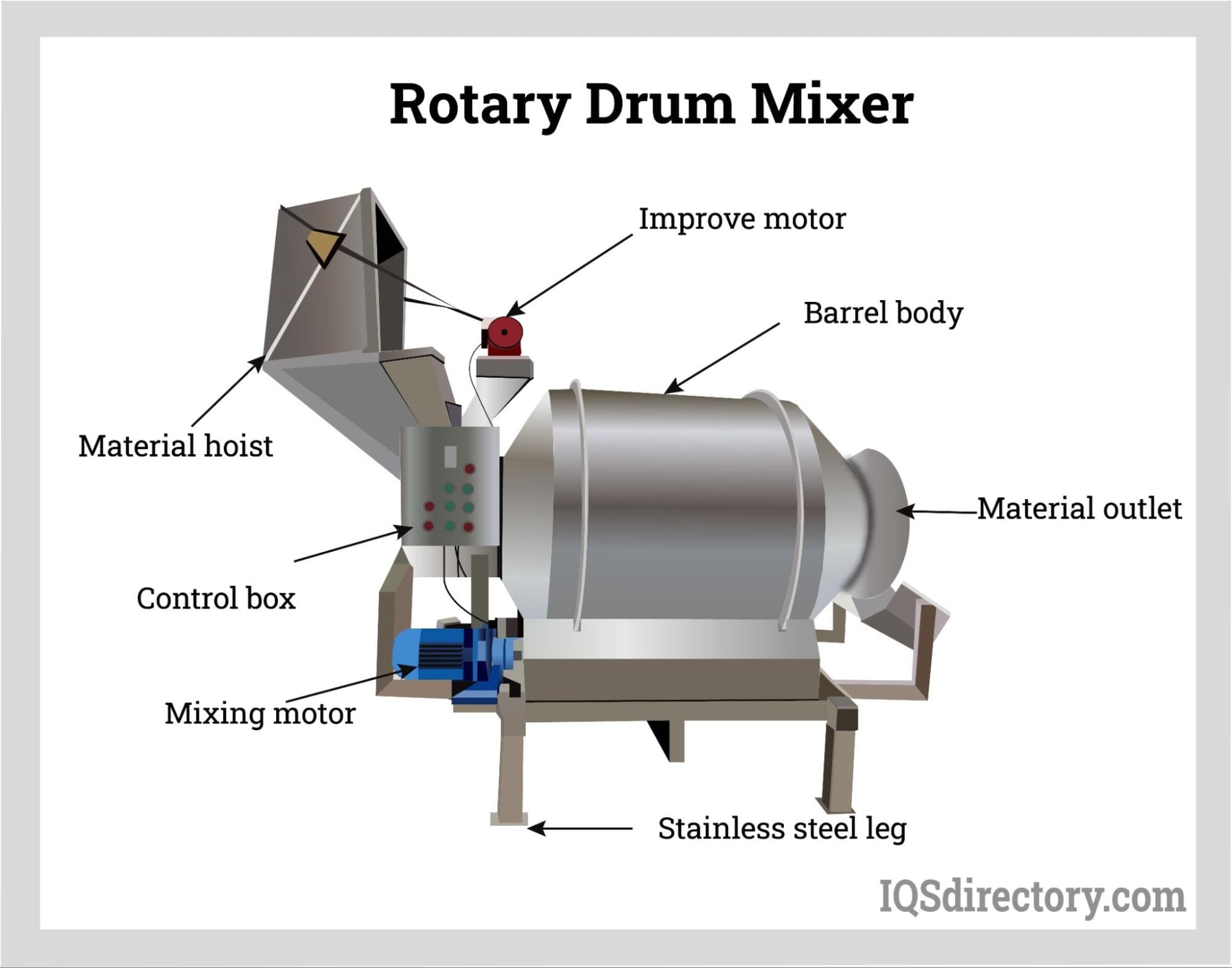
Drum mixers are mixers that are used for mixing free flowing materials by rotating them forward and reverse with welded chutes or flights that fluidize the mixture. The design of drum mixers gives them...
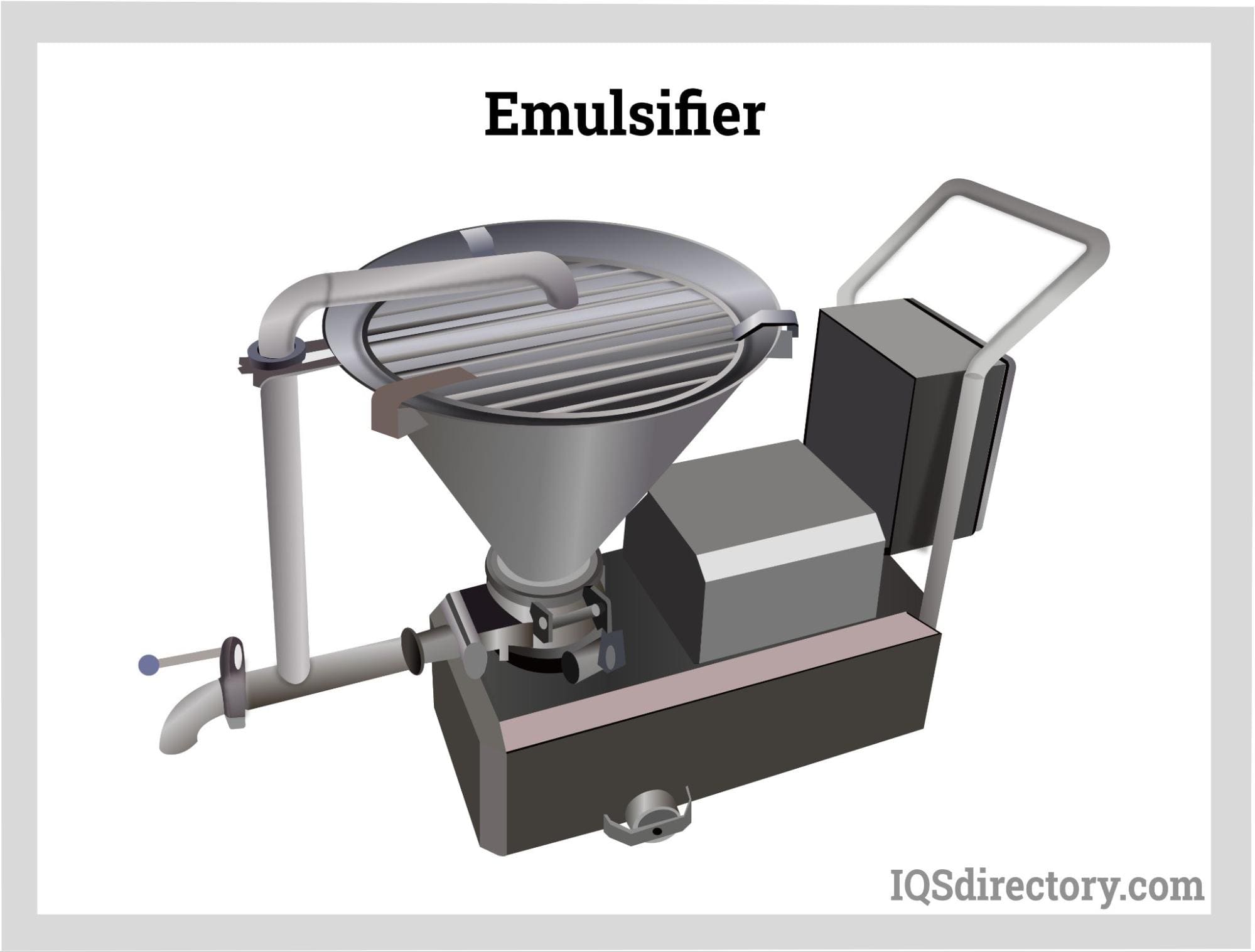
An emulsifier is an emulsion device used for colloidal dispersion of liquid droplets of immiscible liquids in the presence of an emulsifying agent. It enables the combining of non-soluble solutions or liquids...
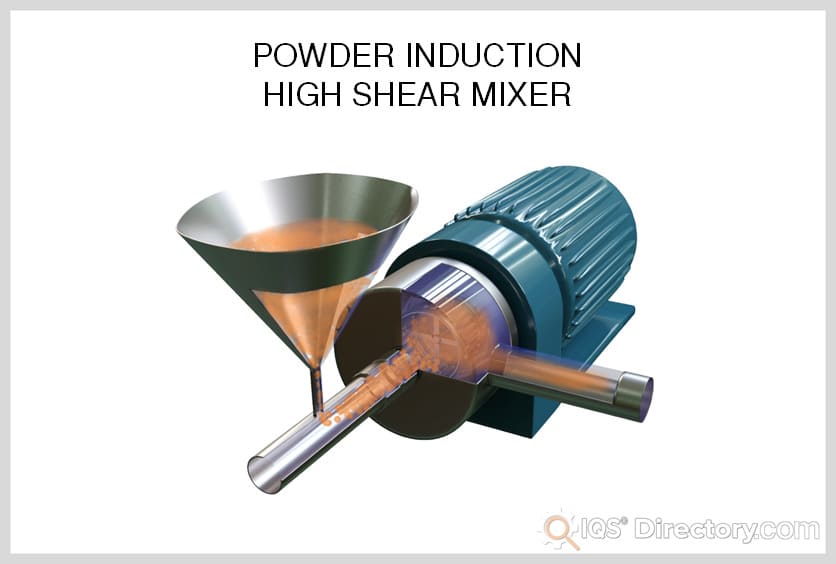
High shear mixers, also known as high shear reactors (HSRs), rotor-stator mixers, and high shear homogenizers, are used to emulsify, homogenize, disperse, grind and/or dissolve immiscible mixtures with components of the same or different phases...
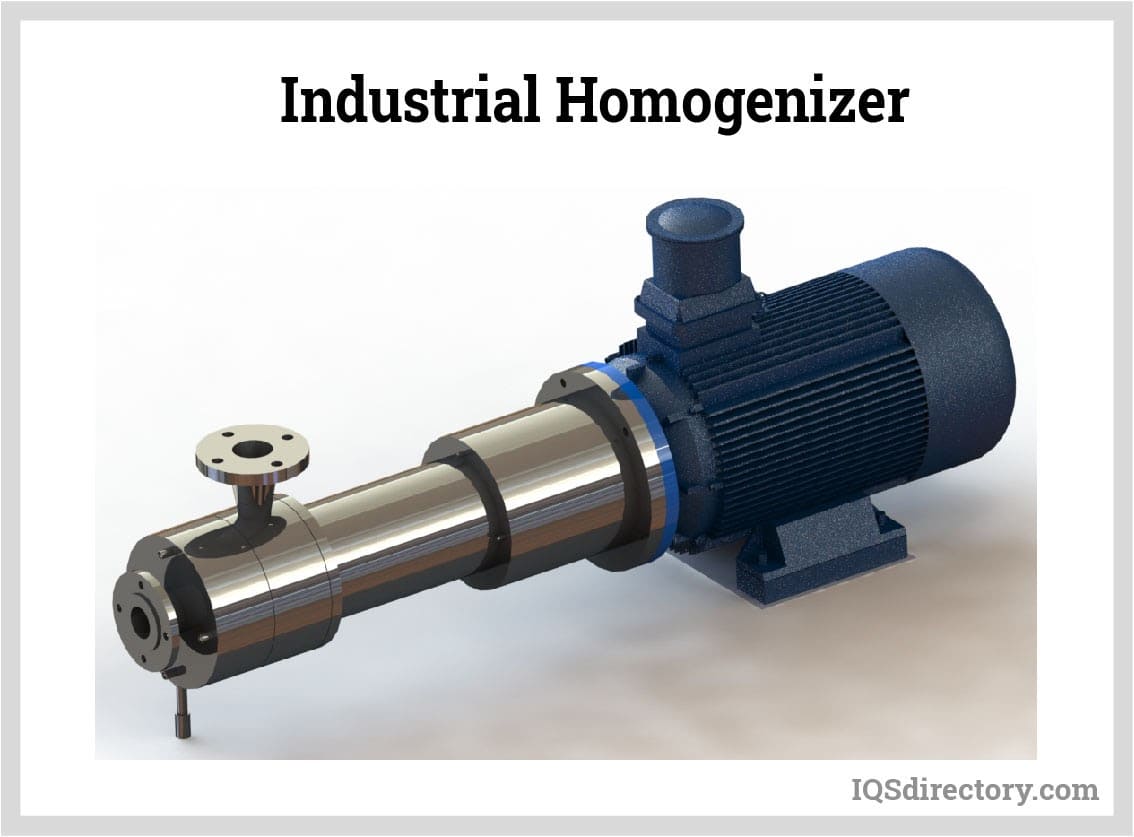
A homogenizer is a type of mixing equipment used to create a uniform and consistent mixture. It works by breaking the components and evenly distributing them throughout the solution. The components are either immiscible, have varying sizes, or are in different phases from each other...
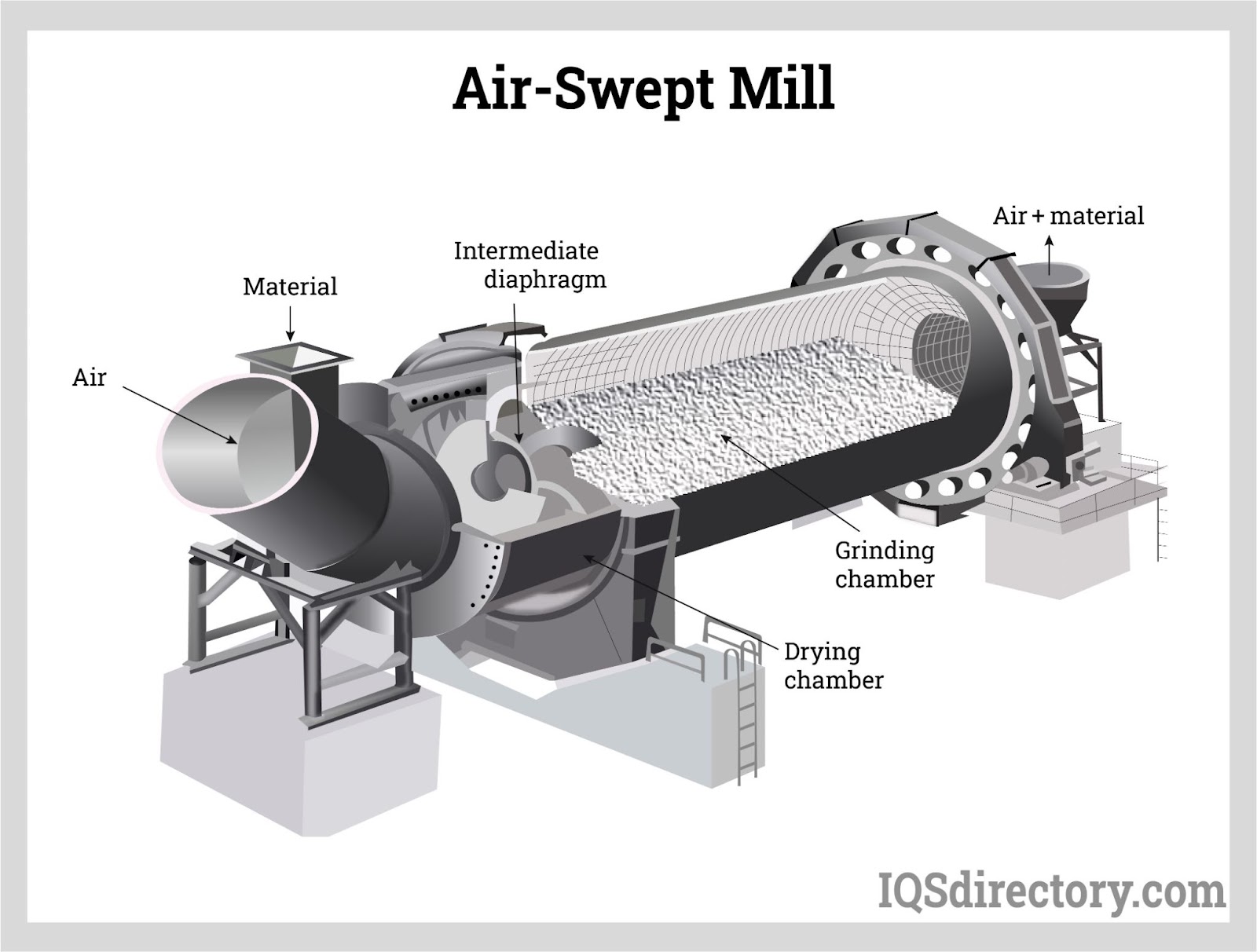
A mill is a mechanical device that is often a structure, appliance, or machine that is used to break down solid materials into smaller pieces by cutting, grinding, or crushing them. Many industrial processes involve...
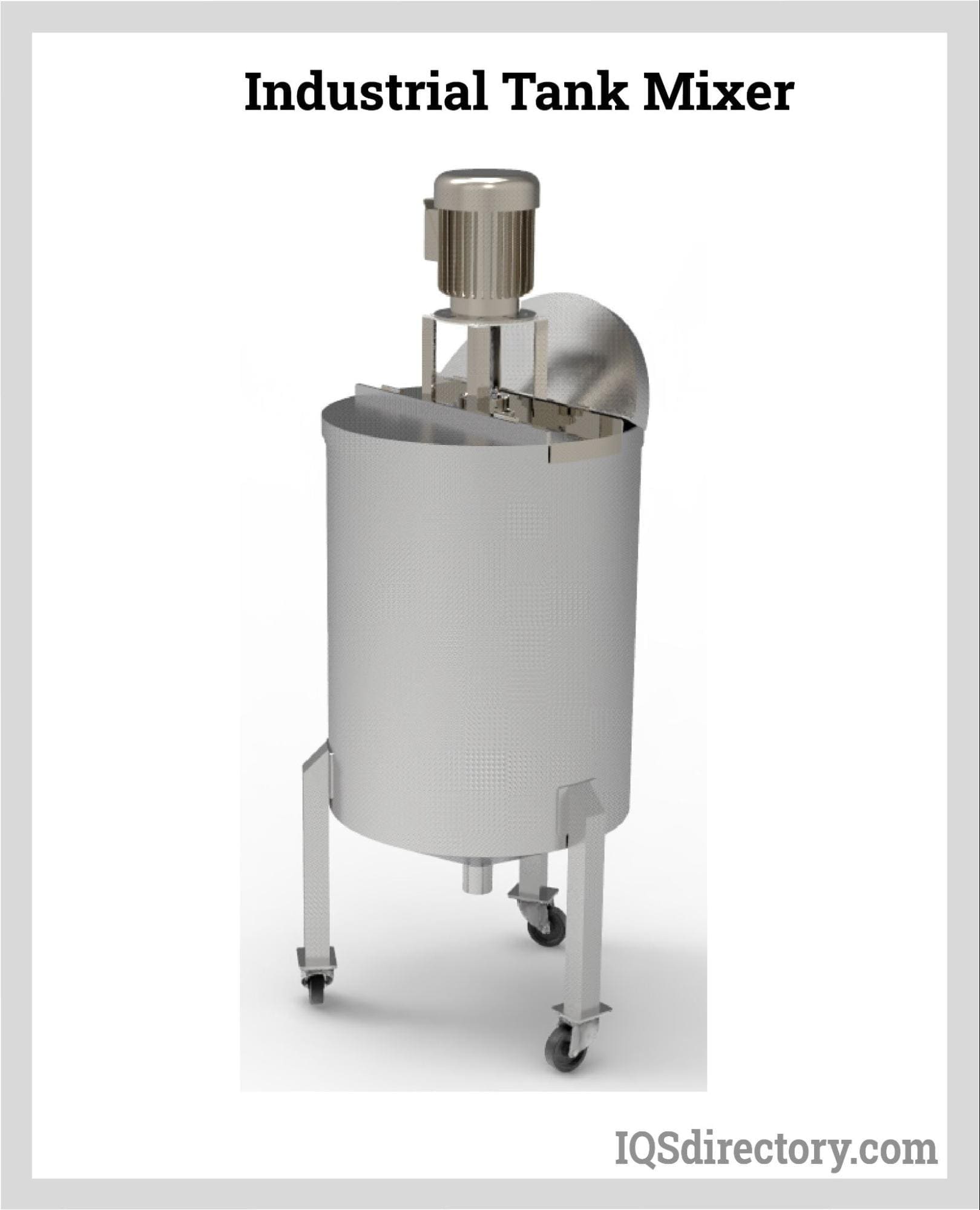
A tank mixer is a mixing device that blends several different ingredients in a single tank to make a single solution. It is a mixing process capable of mixing wettable powders, liquids, emulsifiable concentrates, and surfactants. They mix and blend...
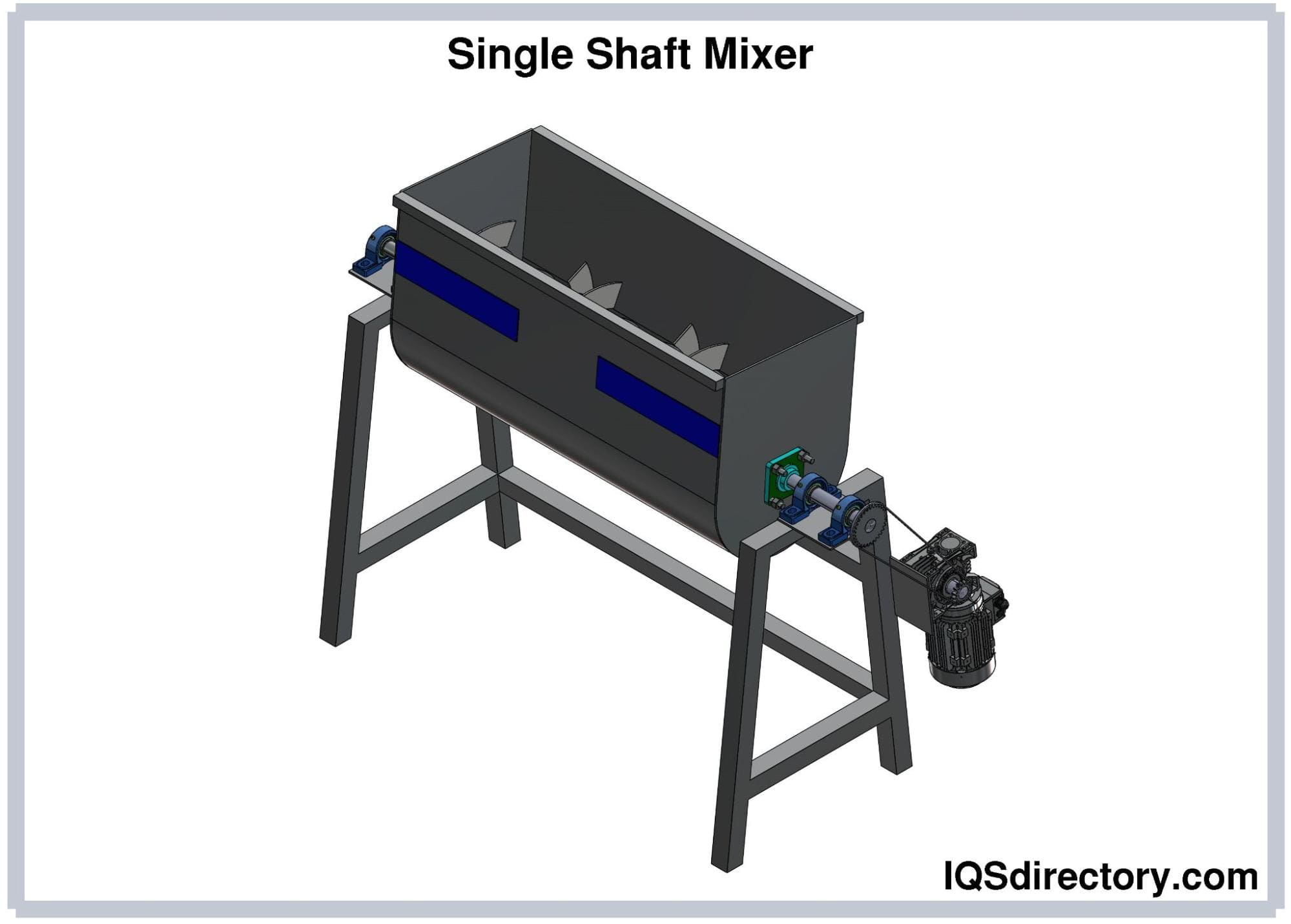
A mixer is a complex and precise tool that is used in combining and mixing of substances and chemicals for manufacturing, production, and industrial use. There are many types of industrial mixers including...
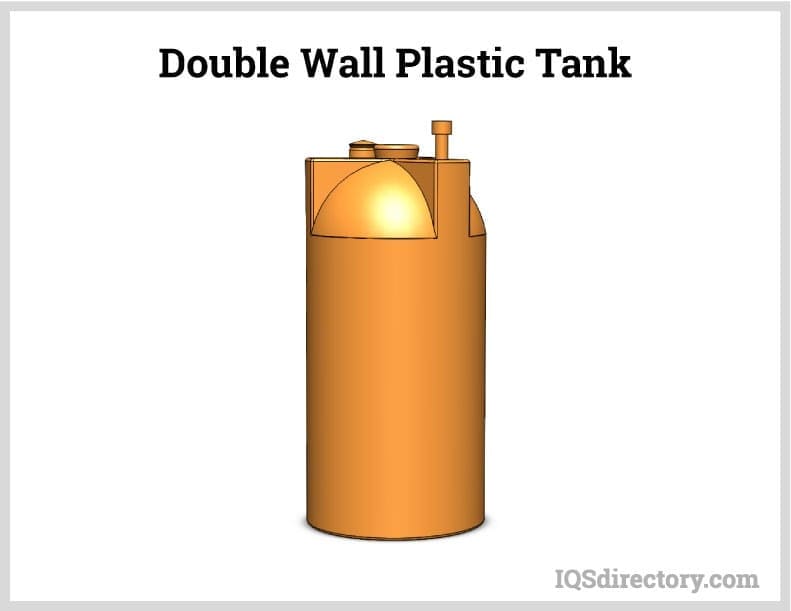
A plastic tank is a large capacity liquid or granular storage unit that can be vertical, horizontal, below or above ground, as well as movable. They are designed to hold several gallons of a variety of substances for long periods without experiencing wear, weathering, or deterioration...
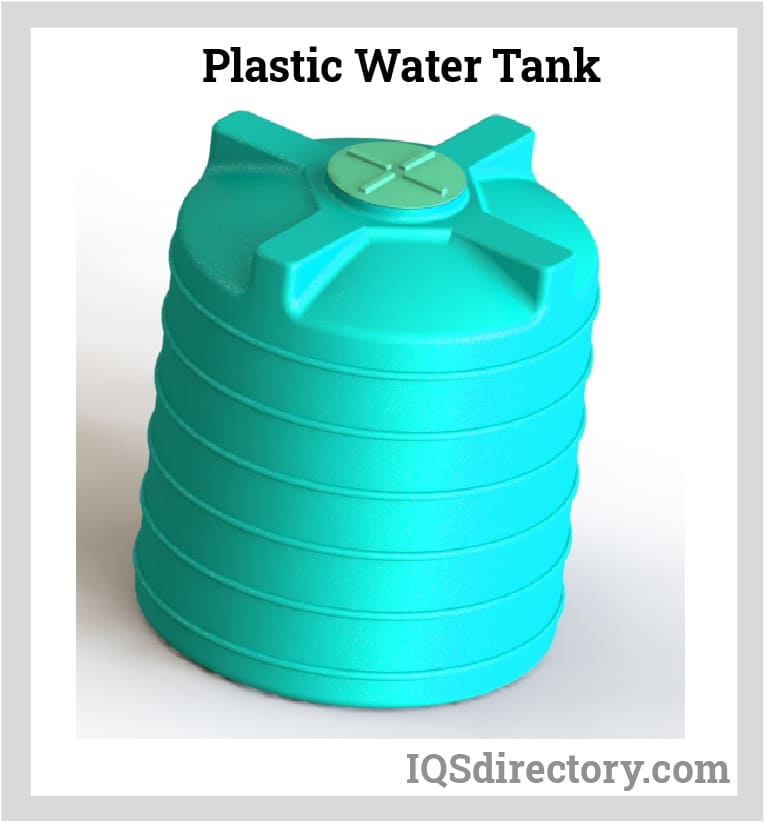
A plastic water tank is a large capacity container designed to store water for household, agricultural, irrigation, and industrial manufacturing use. There are various types of water tanks produced to meet the needs of specific applications, with...
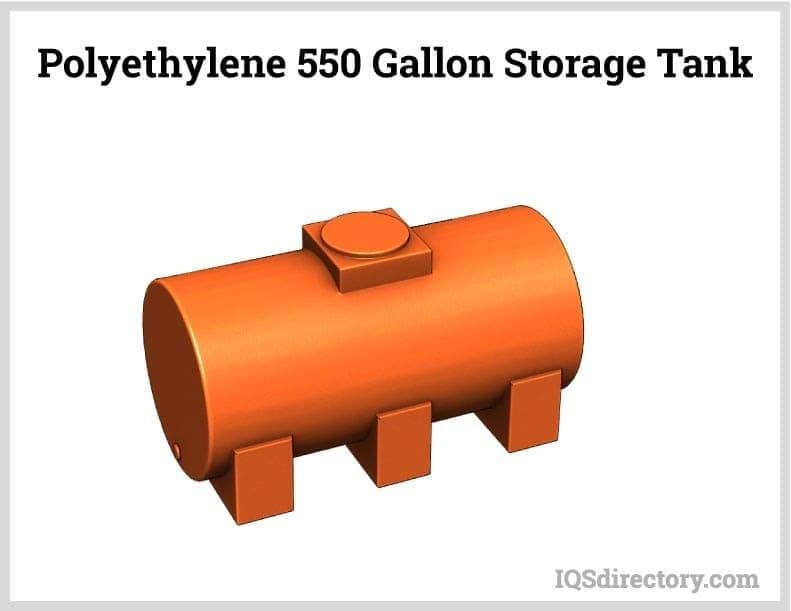
A poly tank is a plastic storage tank used to store, transport, and collect water, other liquids, and granular or powder materials. They are made of polyethylene or polypropylene and are a cost effective, lightweight, and easy to handle...
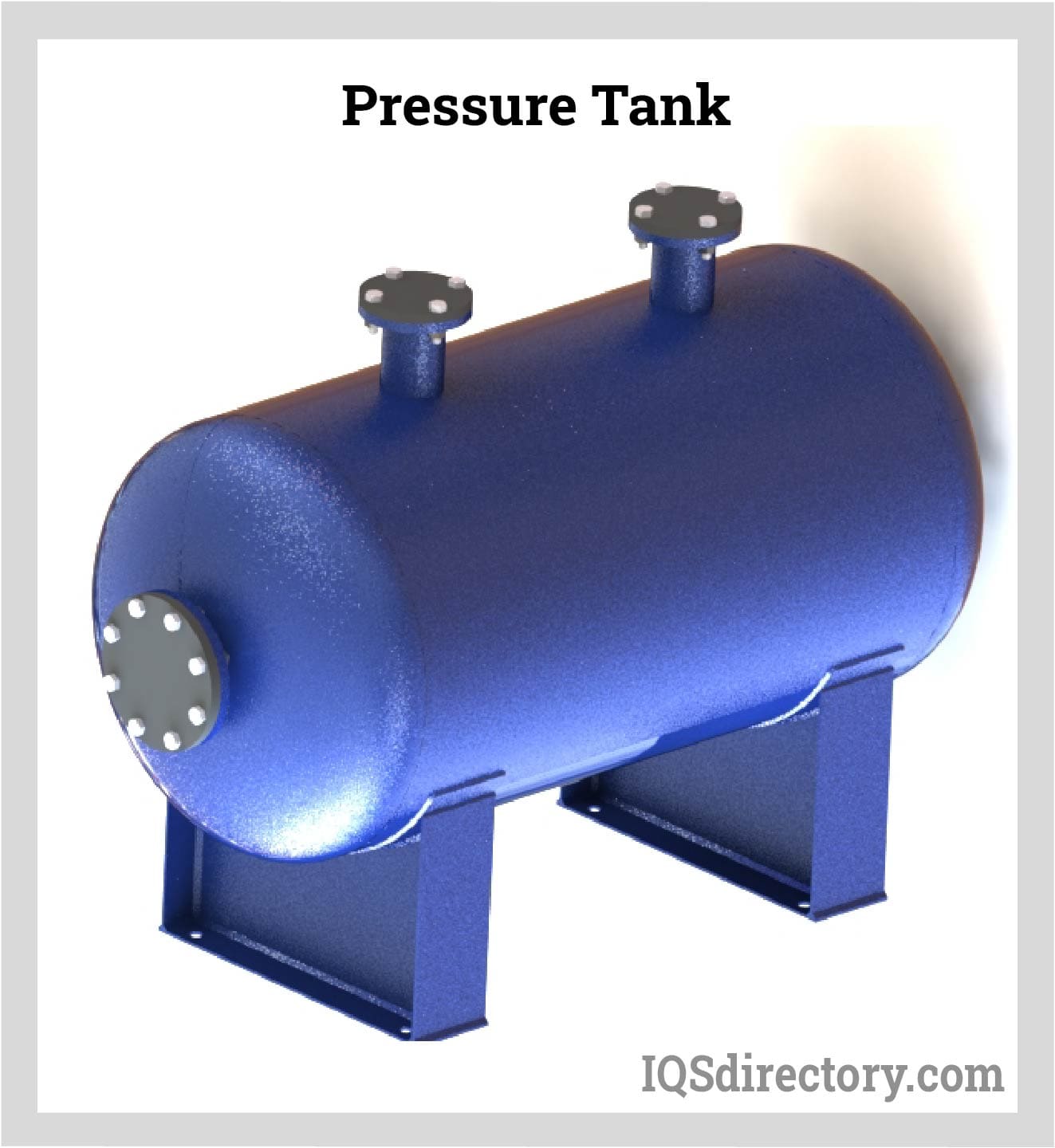
Pressure tanks are vessels that are used to store, hold, and/or convey gasses, vapors and fluids at pressures greater than atmospheric pressure, also known as high pressures...
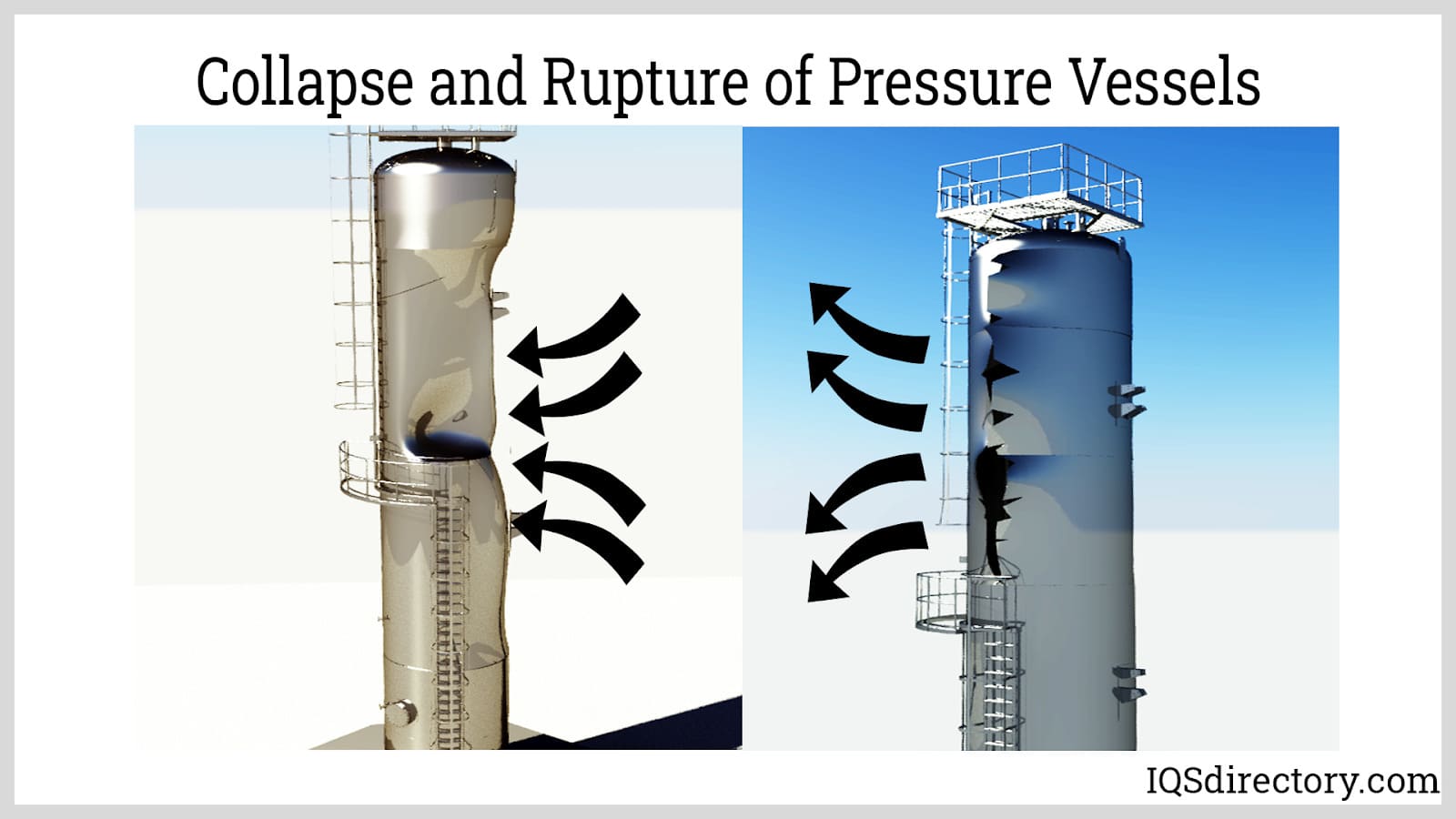
Pressure vessels are enclosed containers used to hold liquids, vapors, and gases at a pressure significantly higher or lower than the ambient pressure. They are widely used in various industries such as...
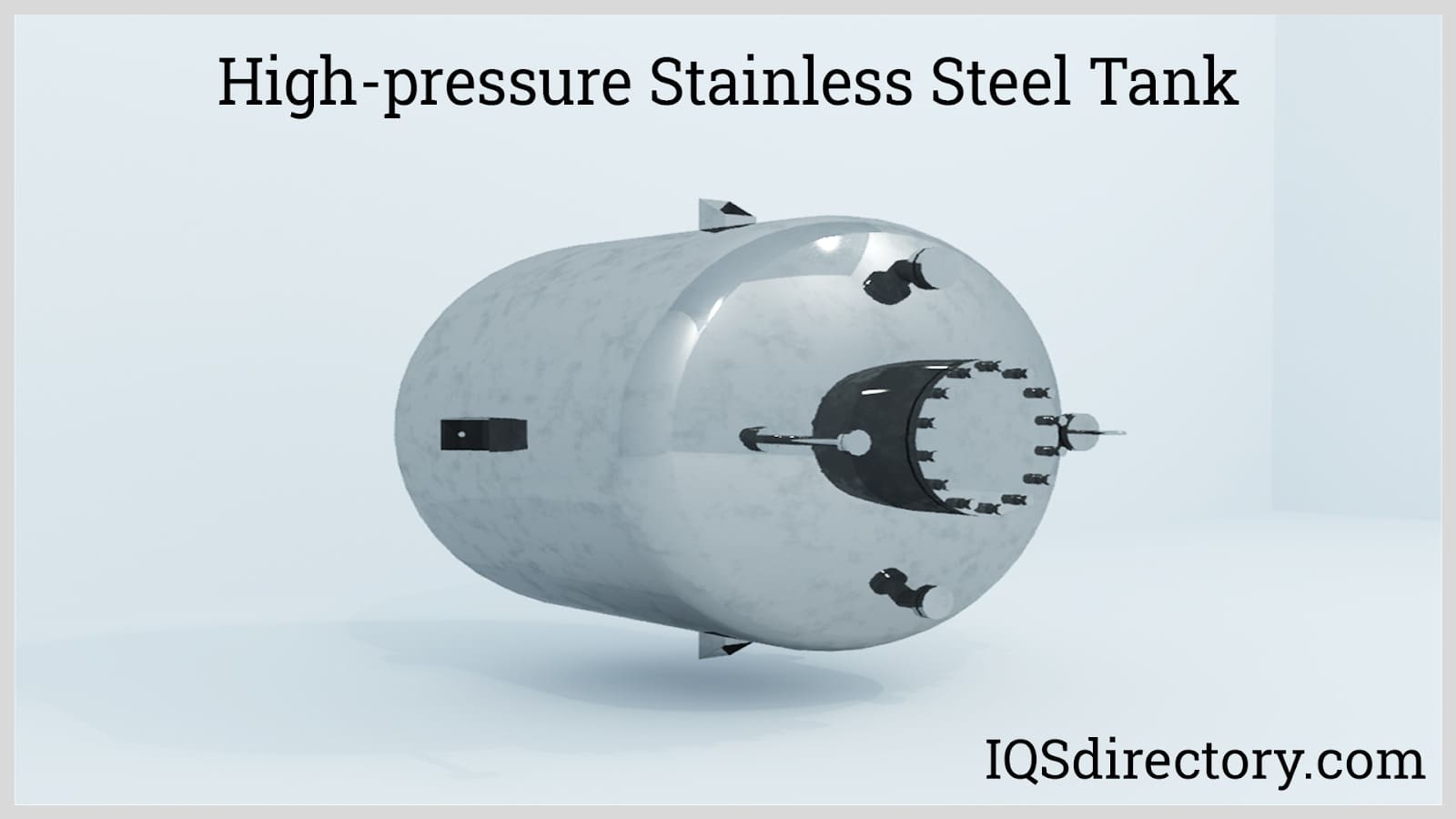
Stainless steel tanks are widely used in food, beverage, dairy, medicine, cosmetics, and other manufacturing processes where cleanliness and purity are important. These are also used in industrial plants for storing chemicals and gases where strong resistance from chemical degradation is required...